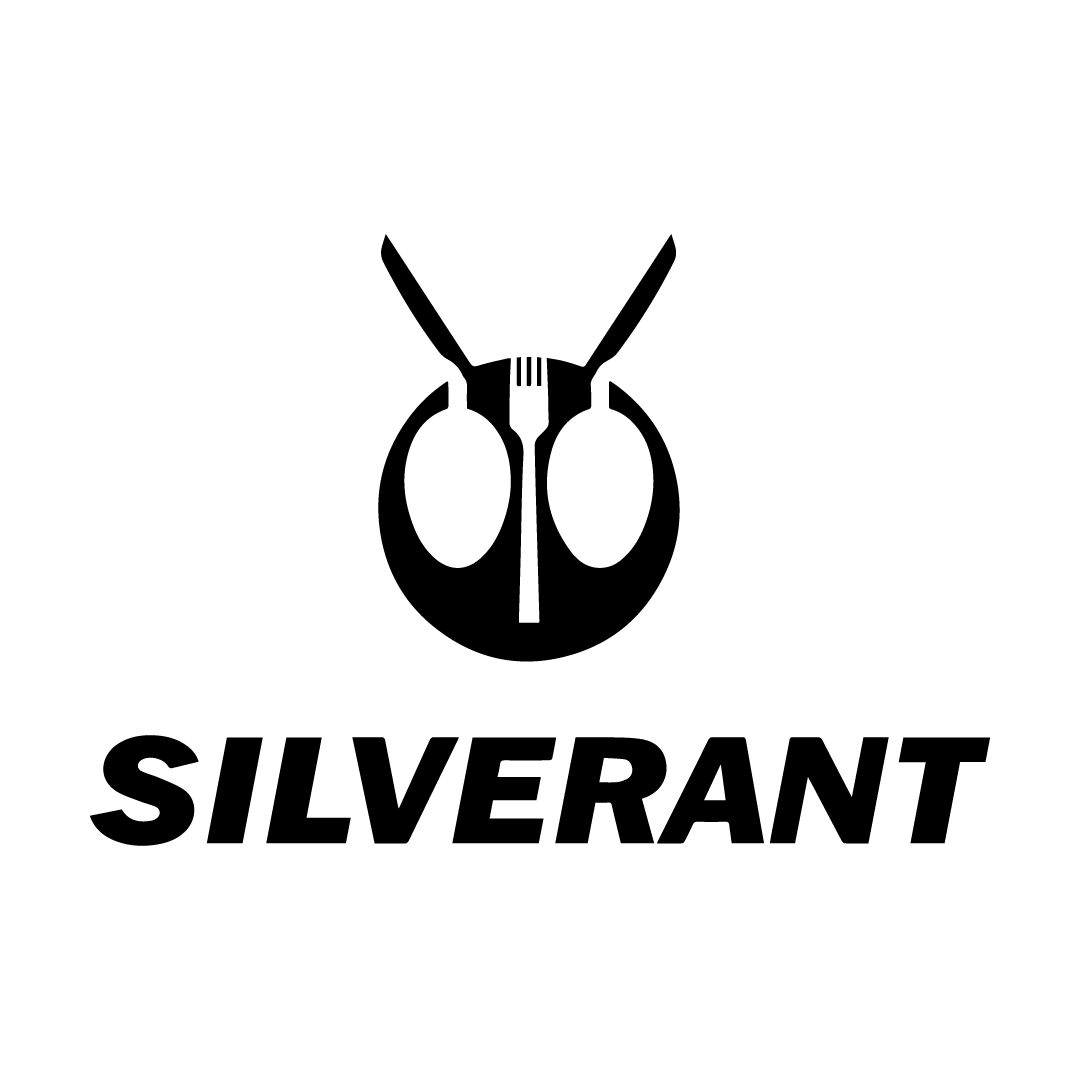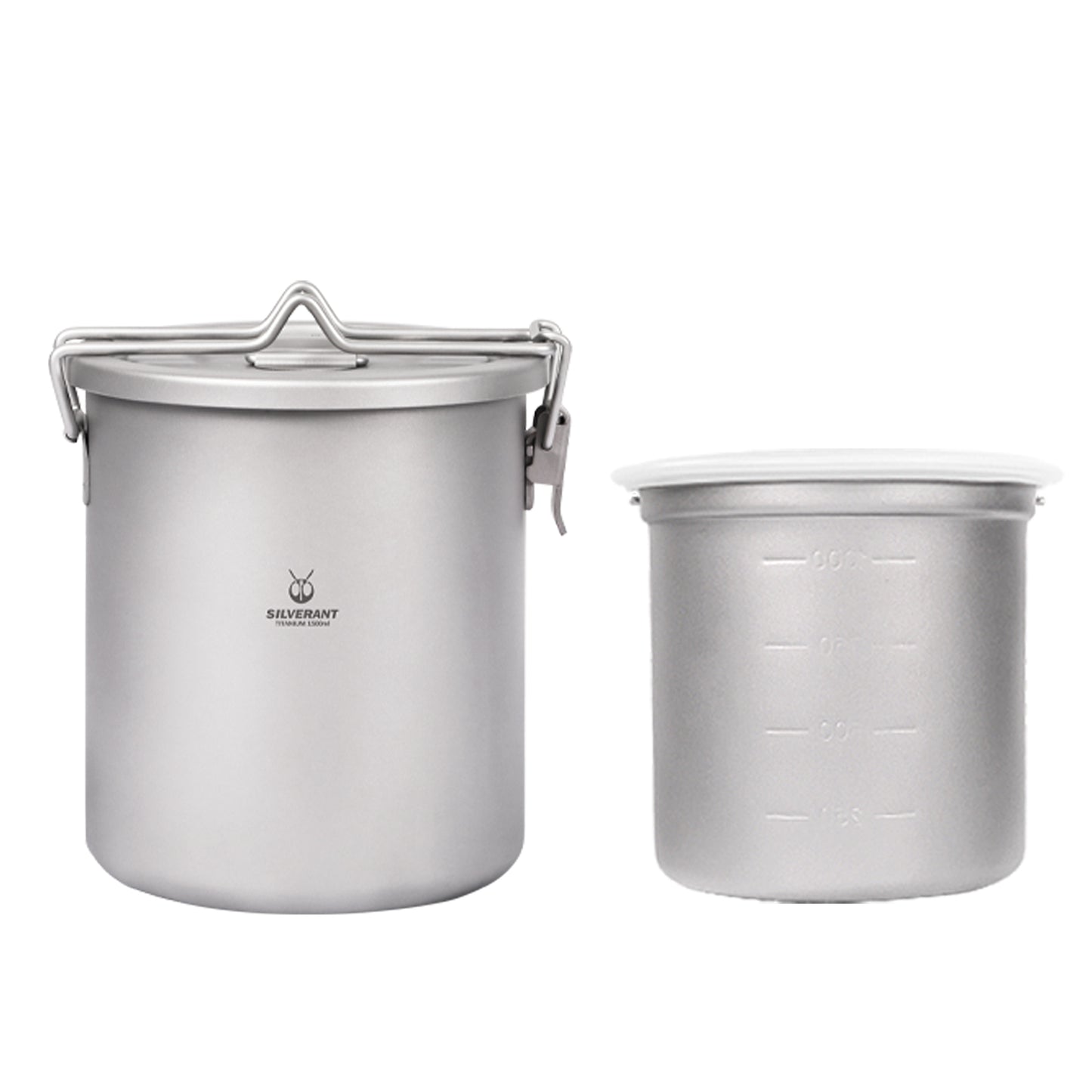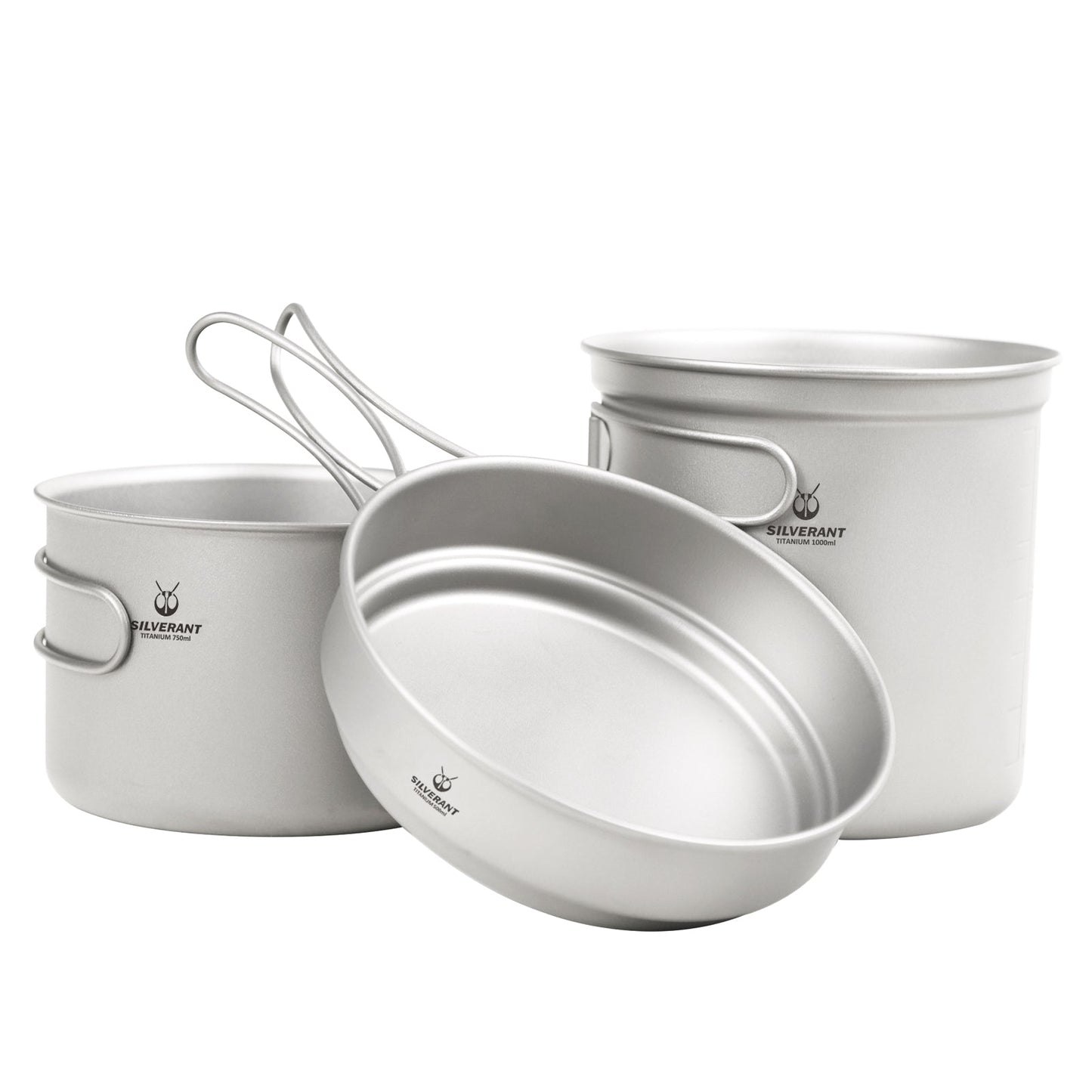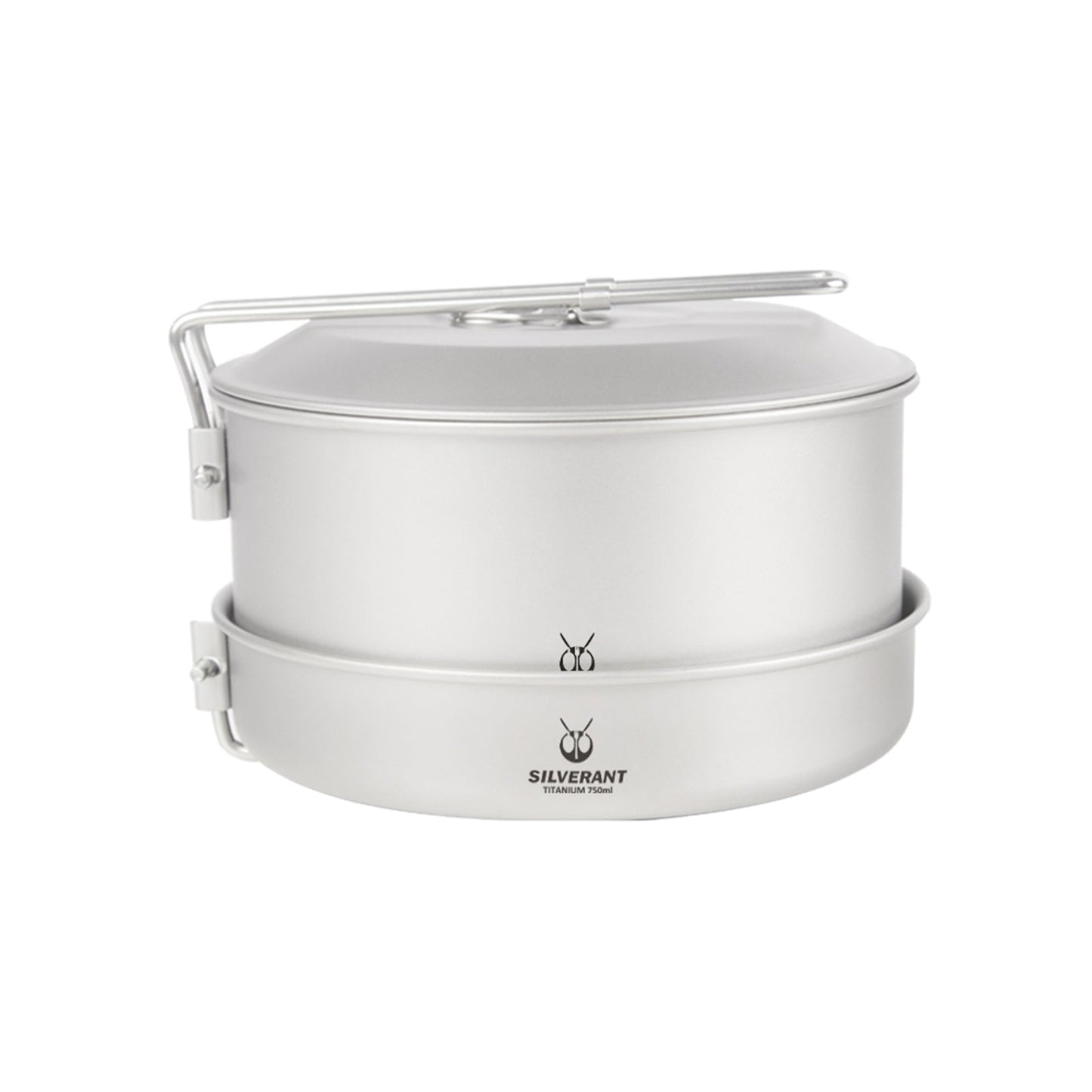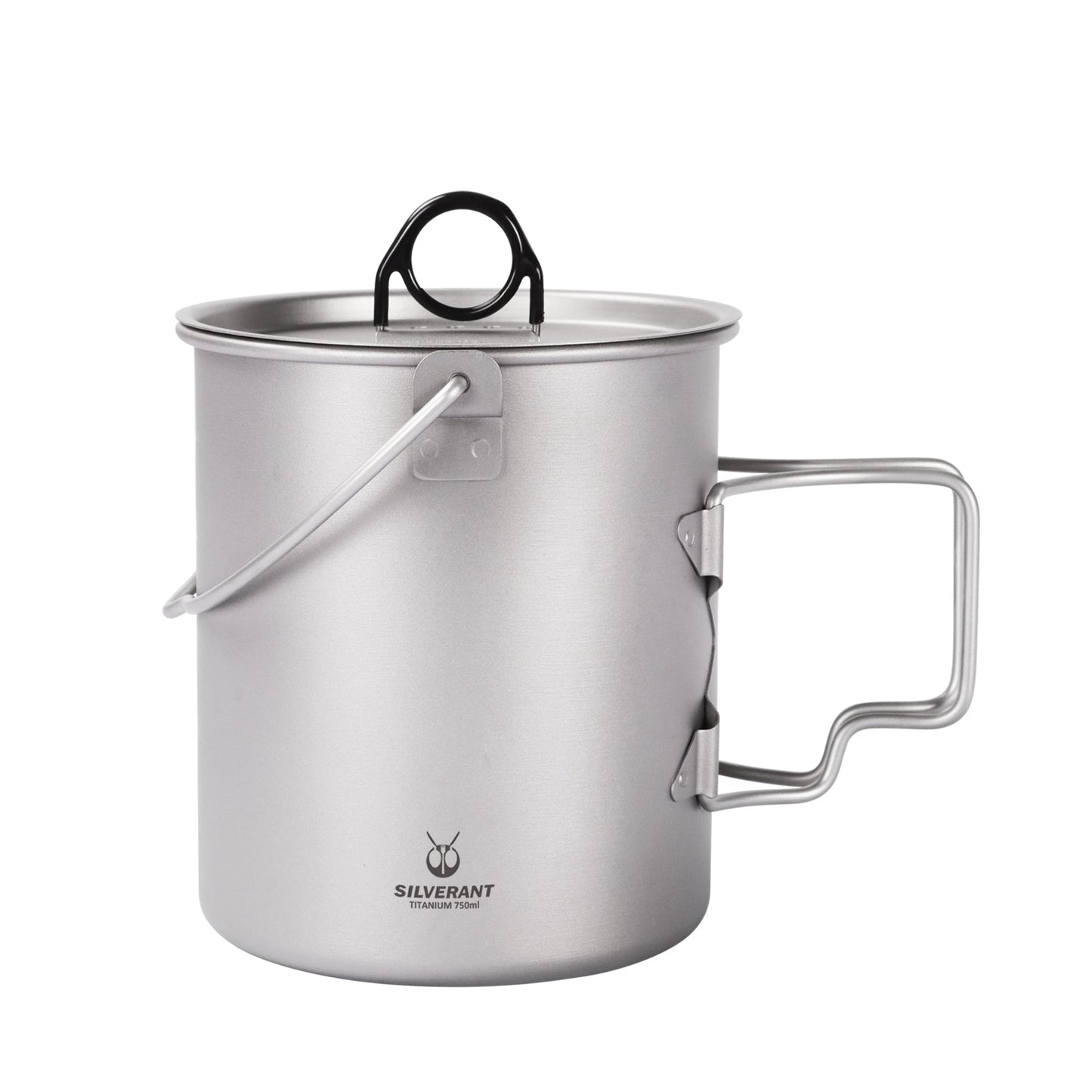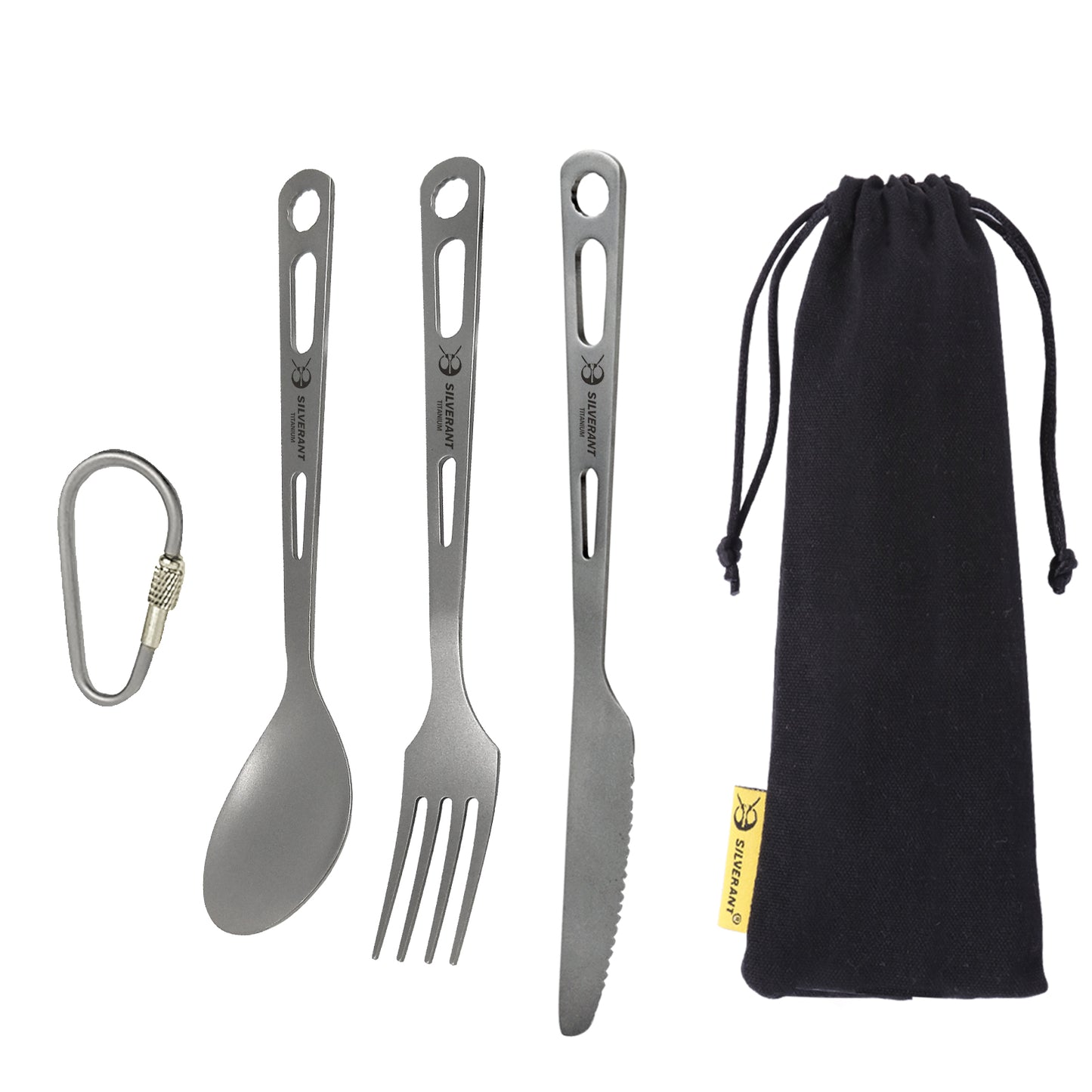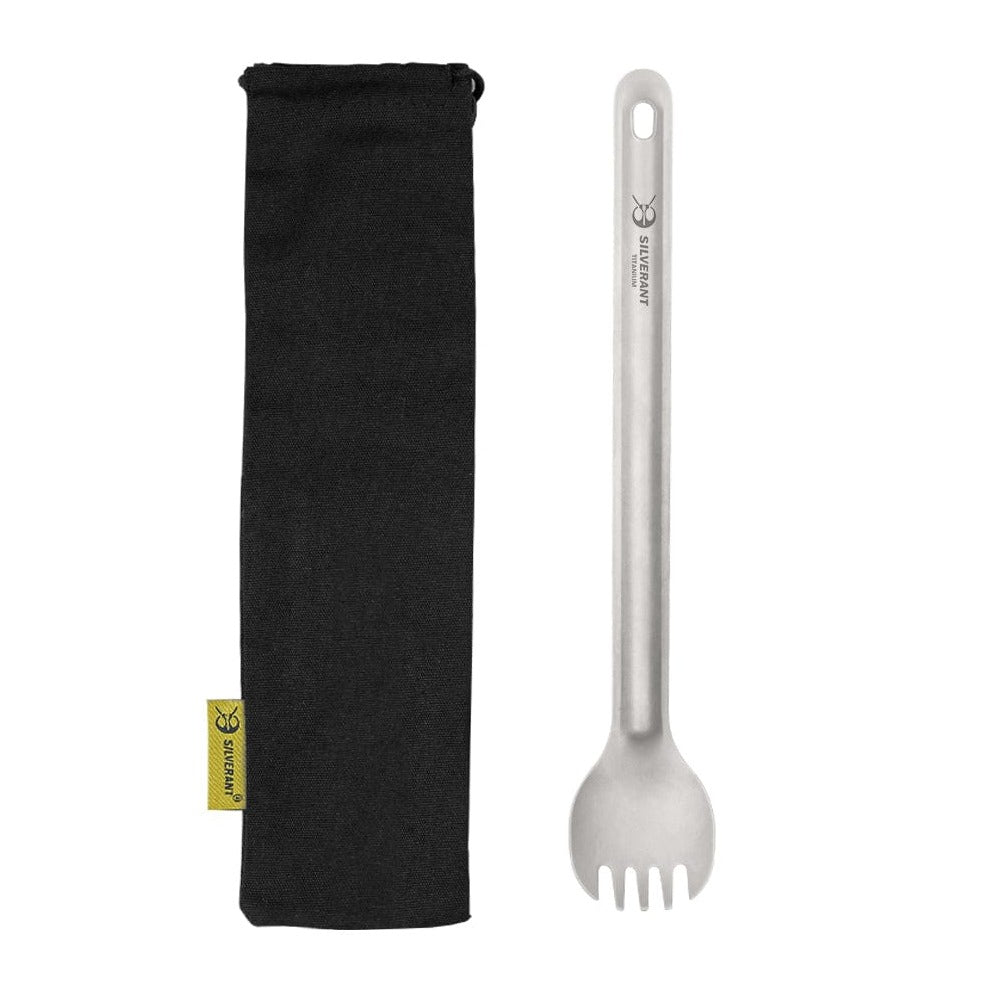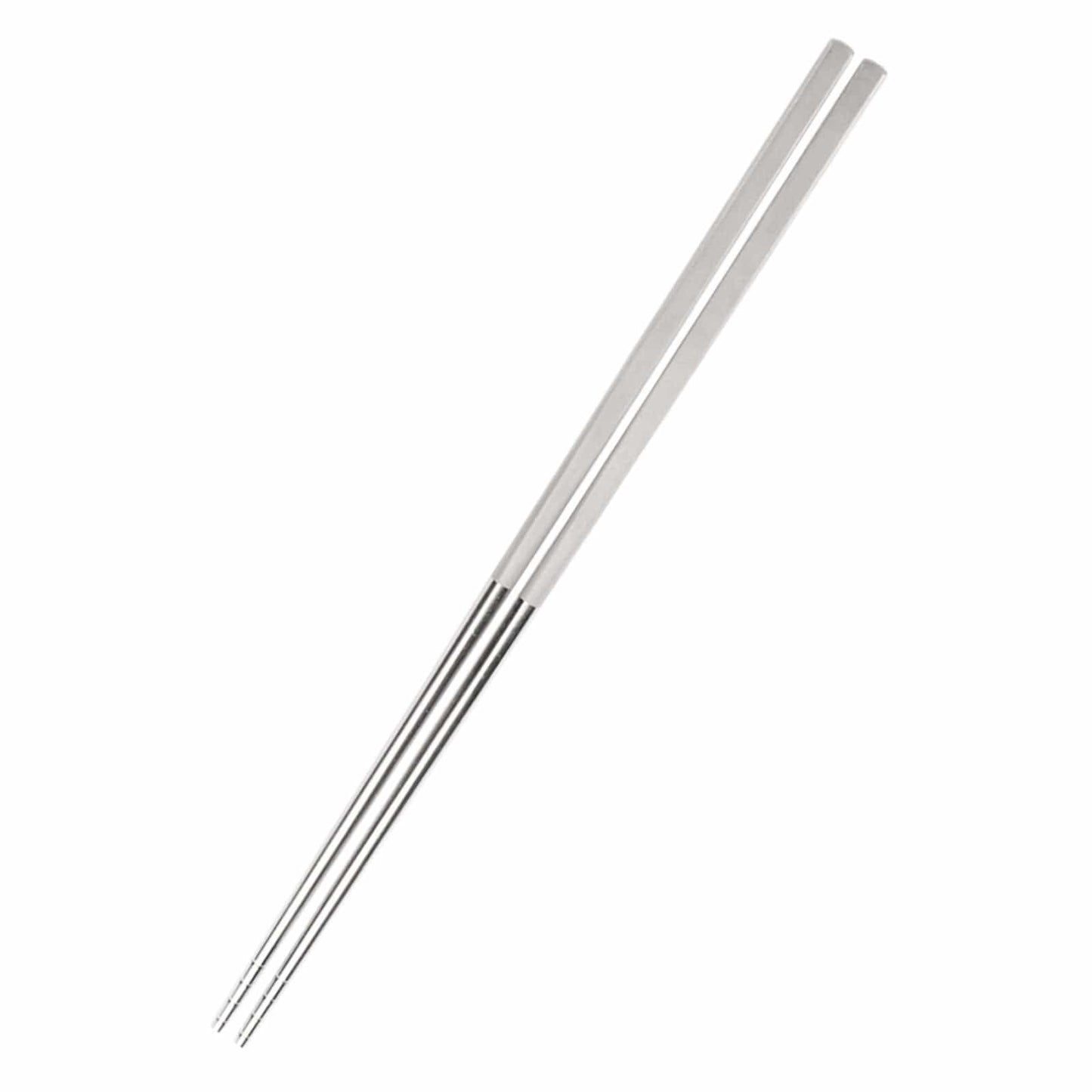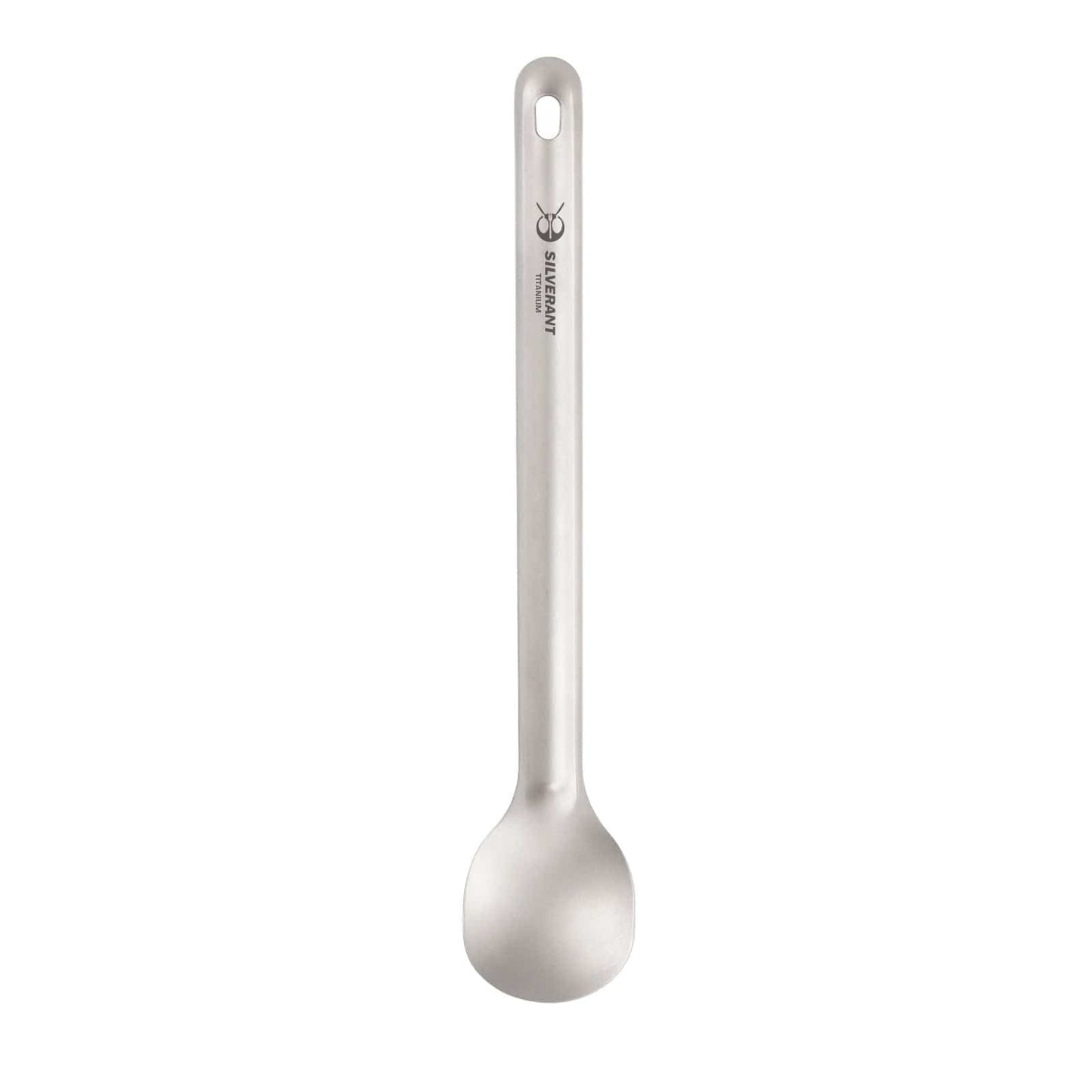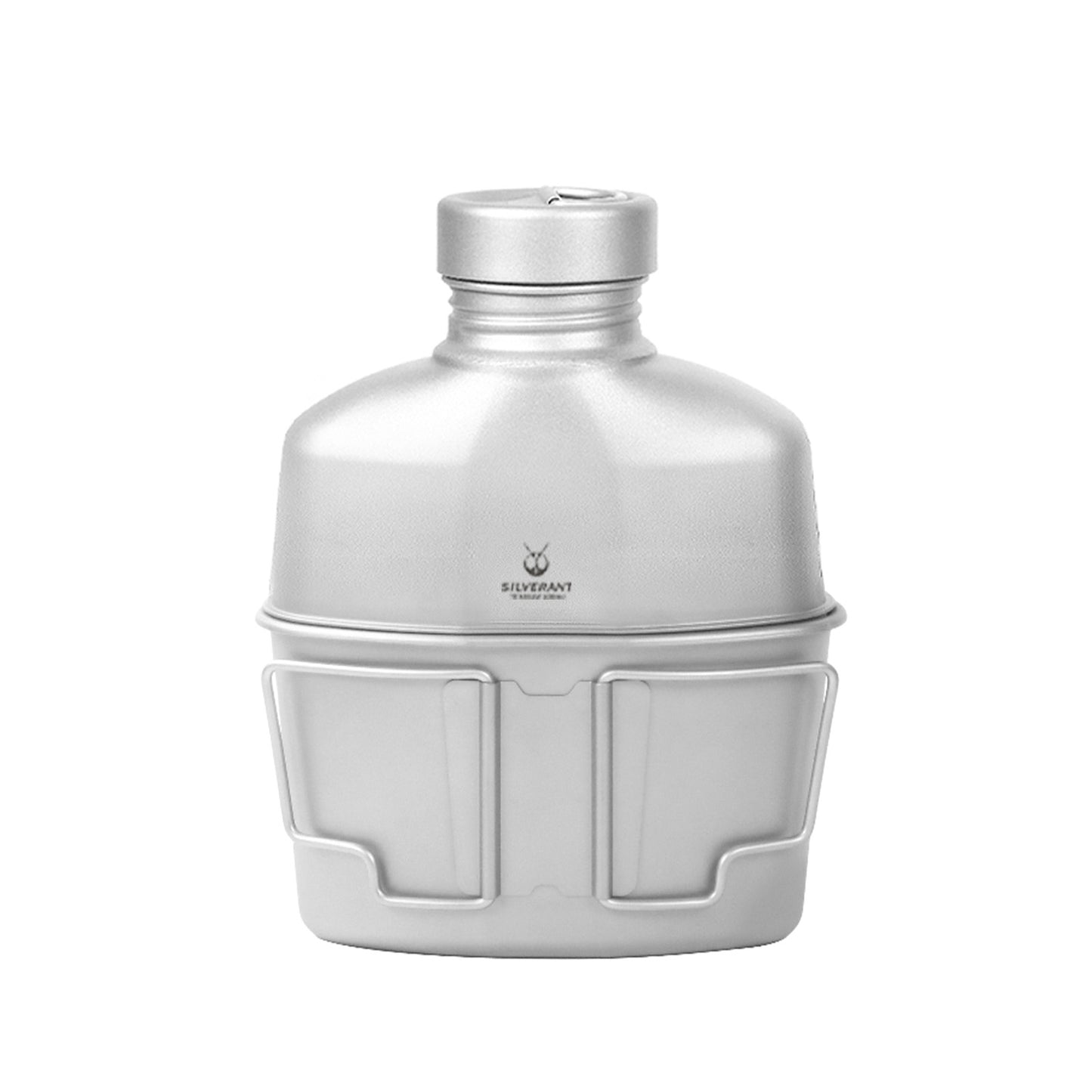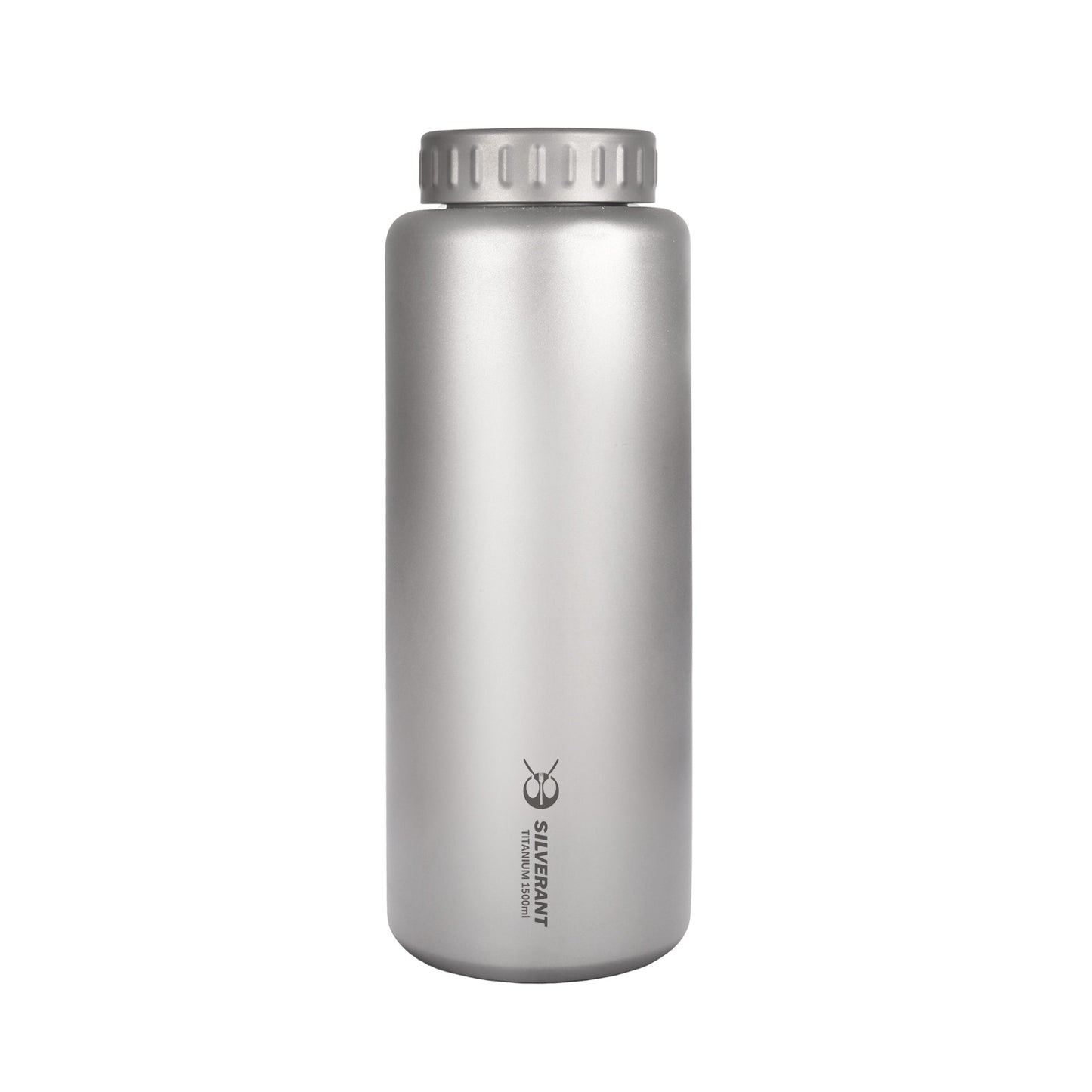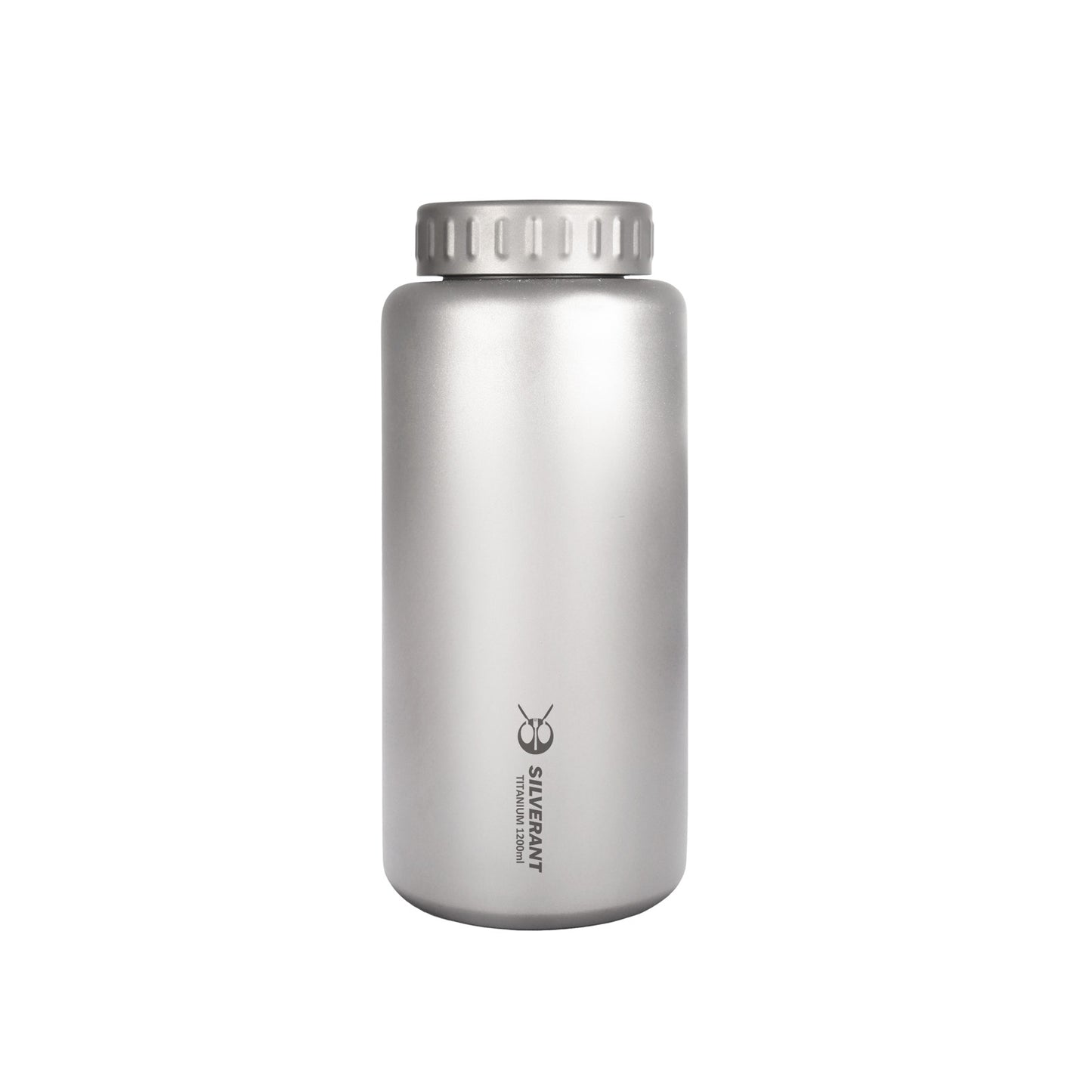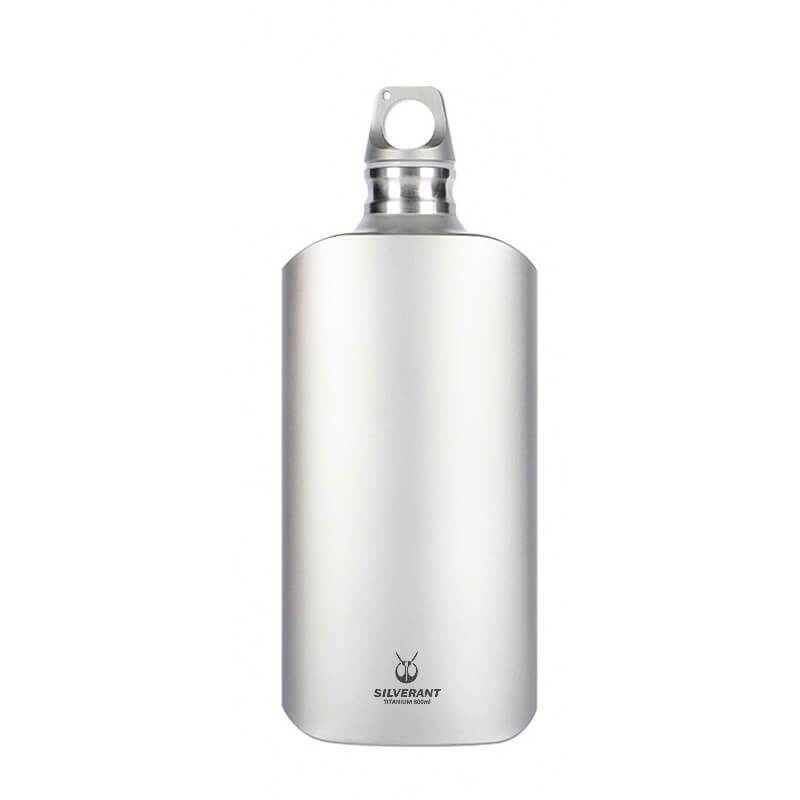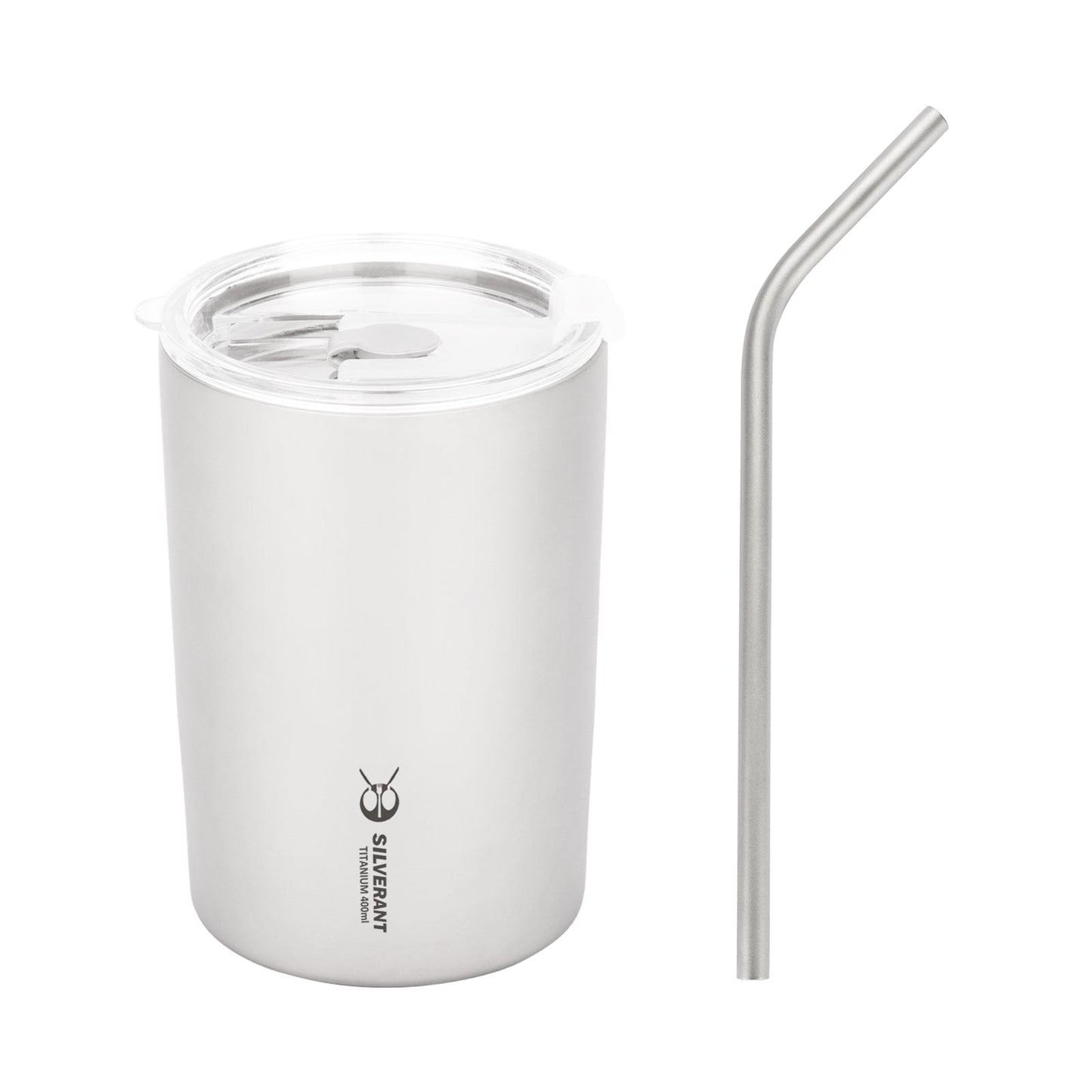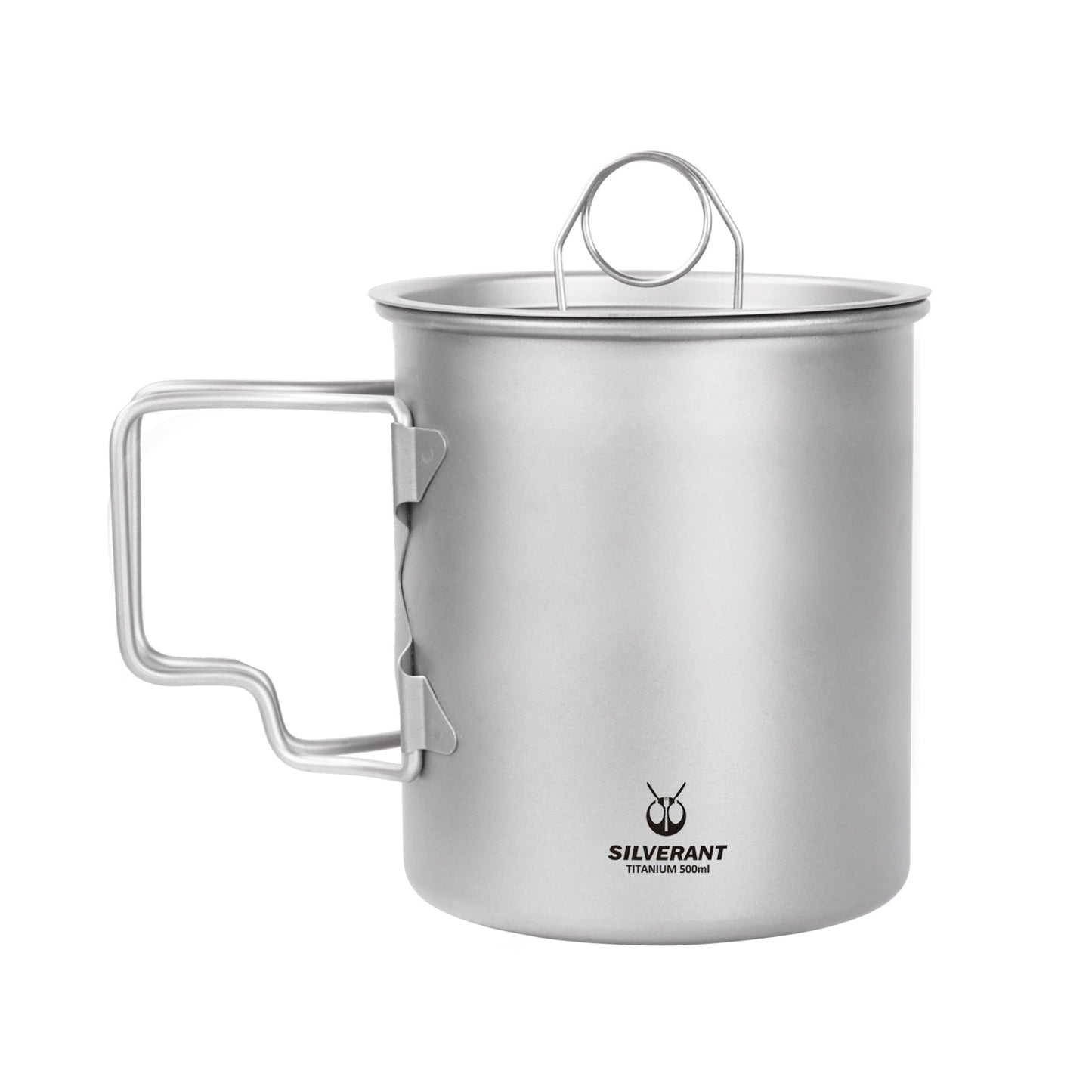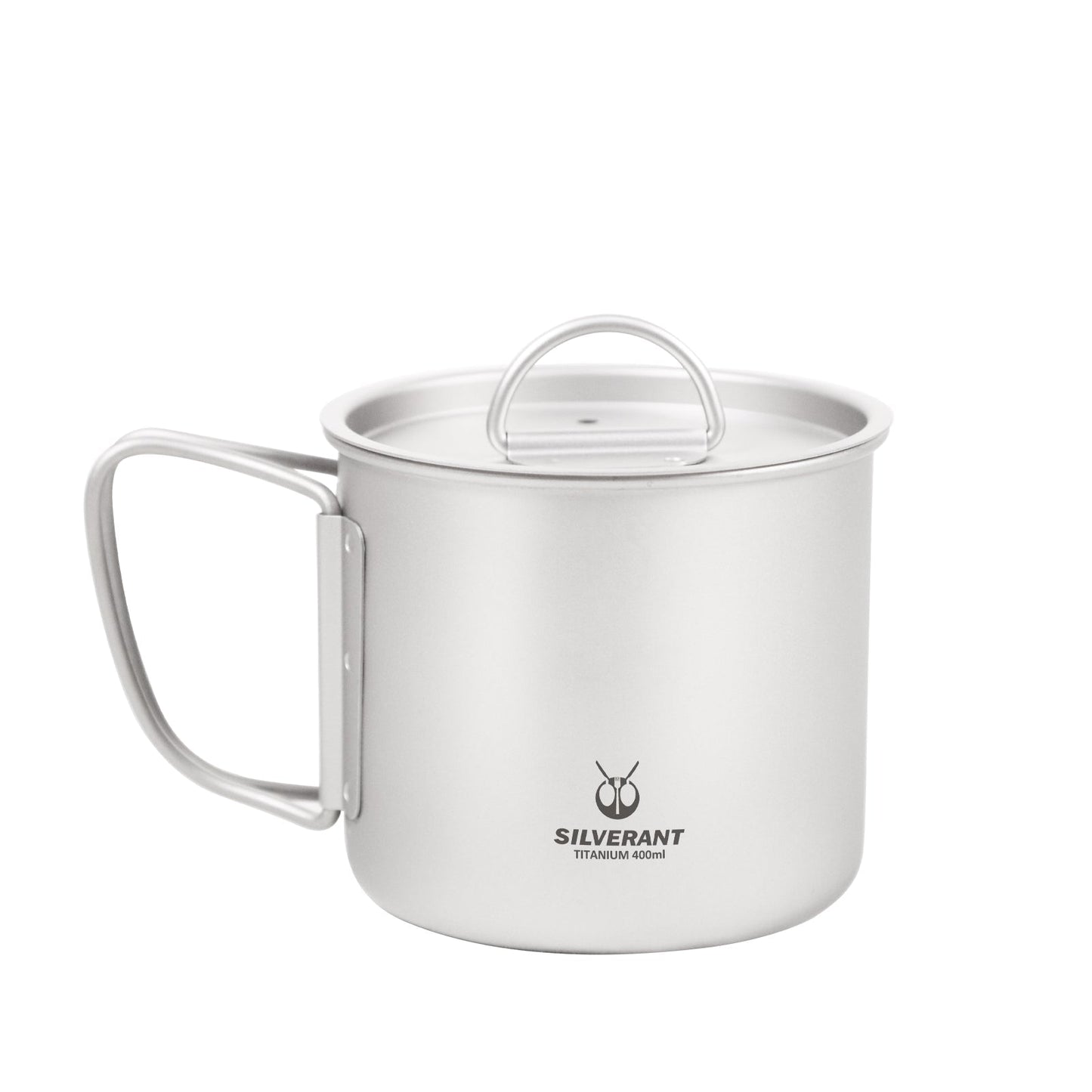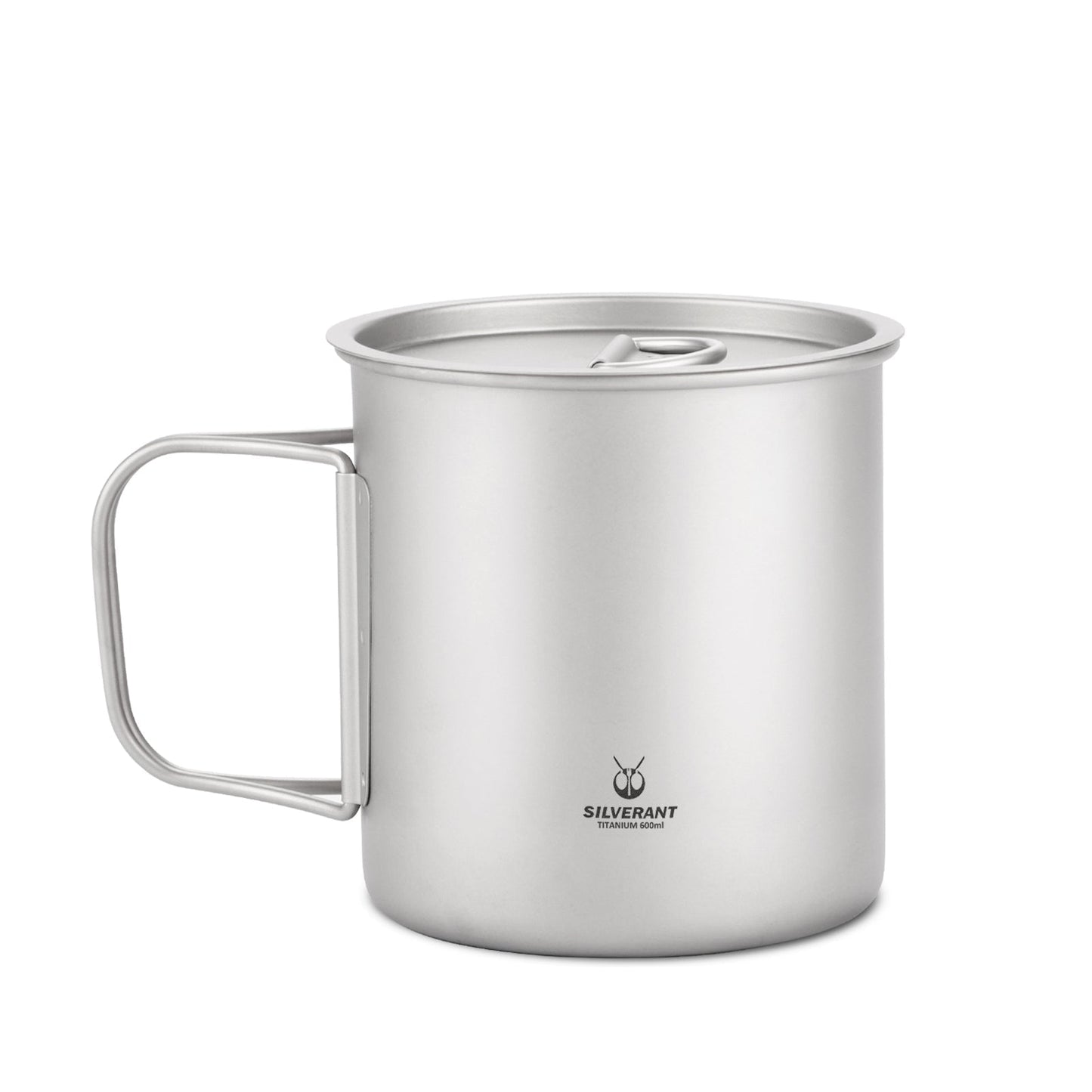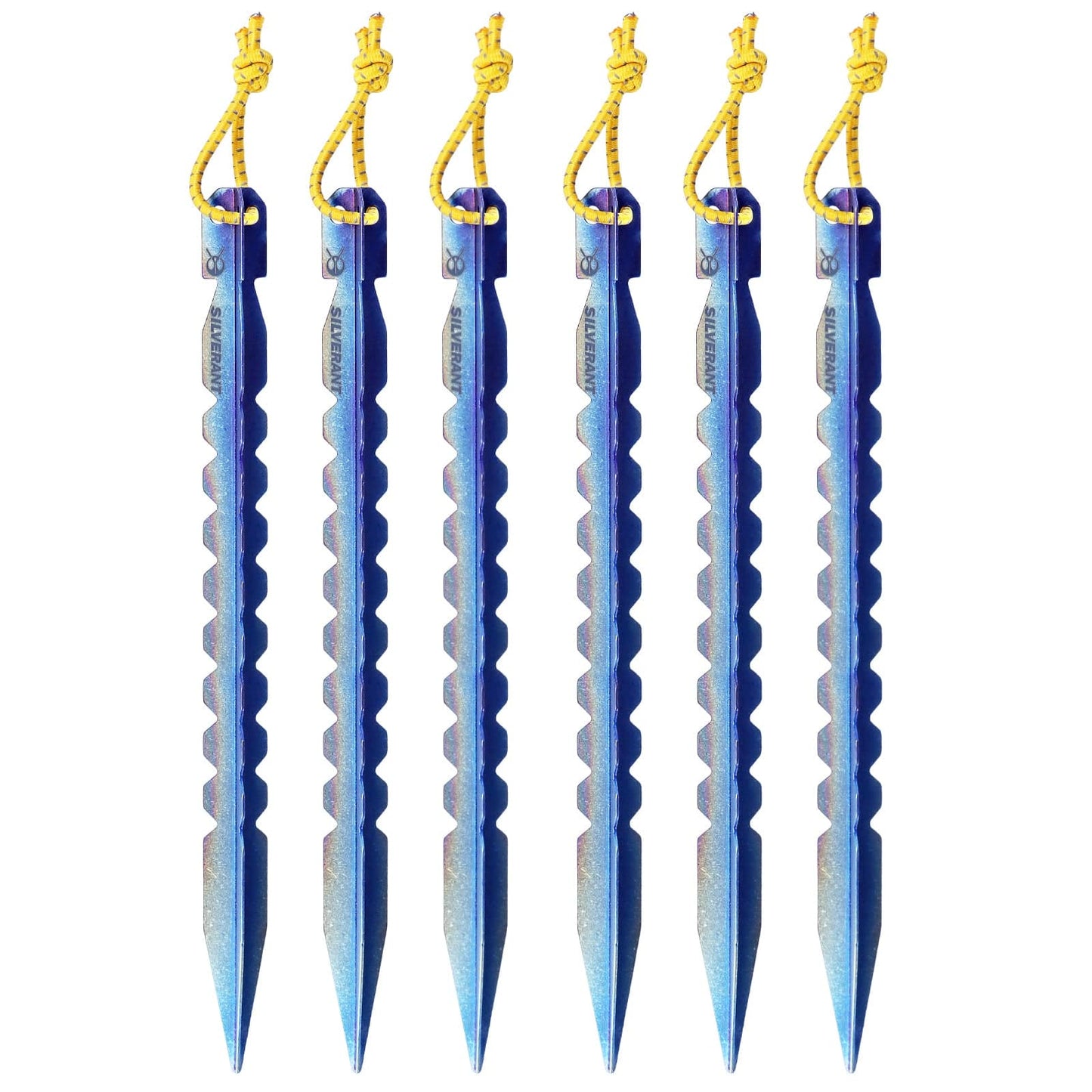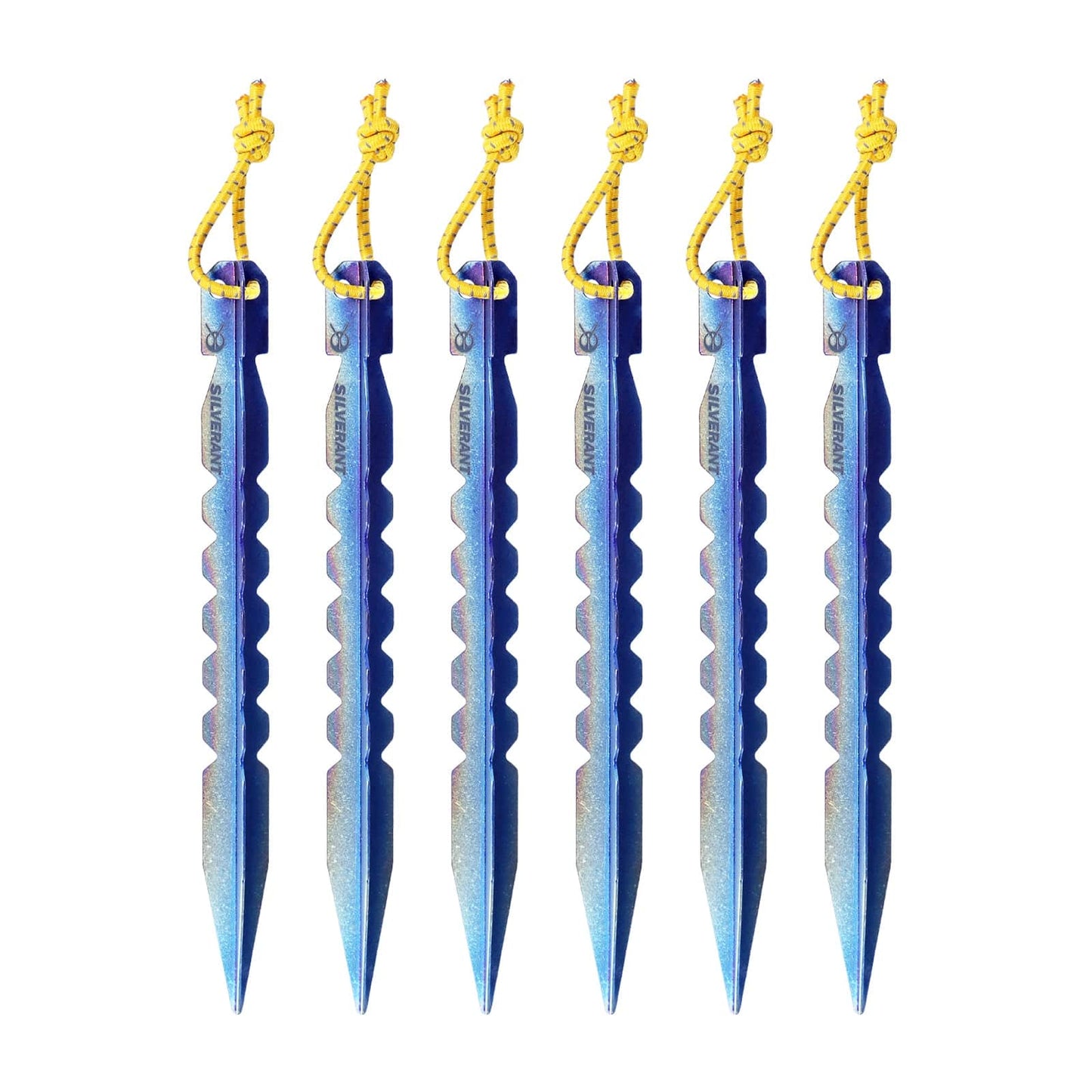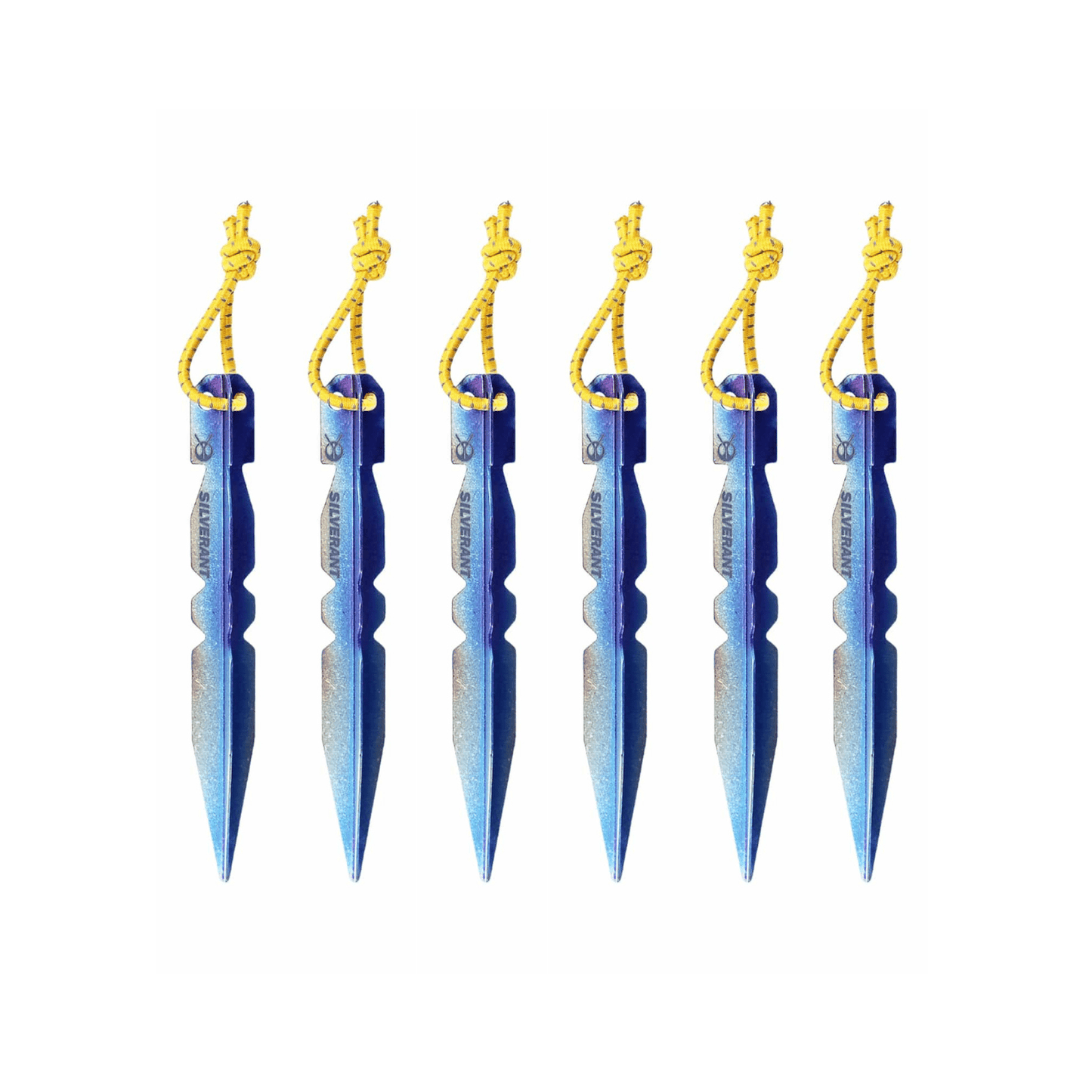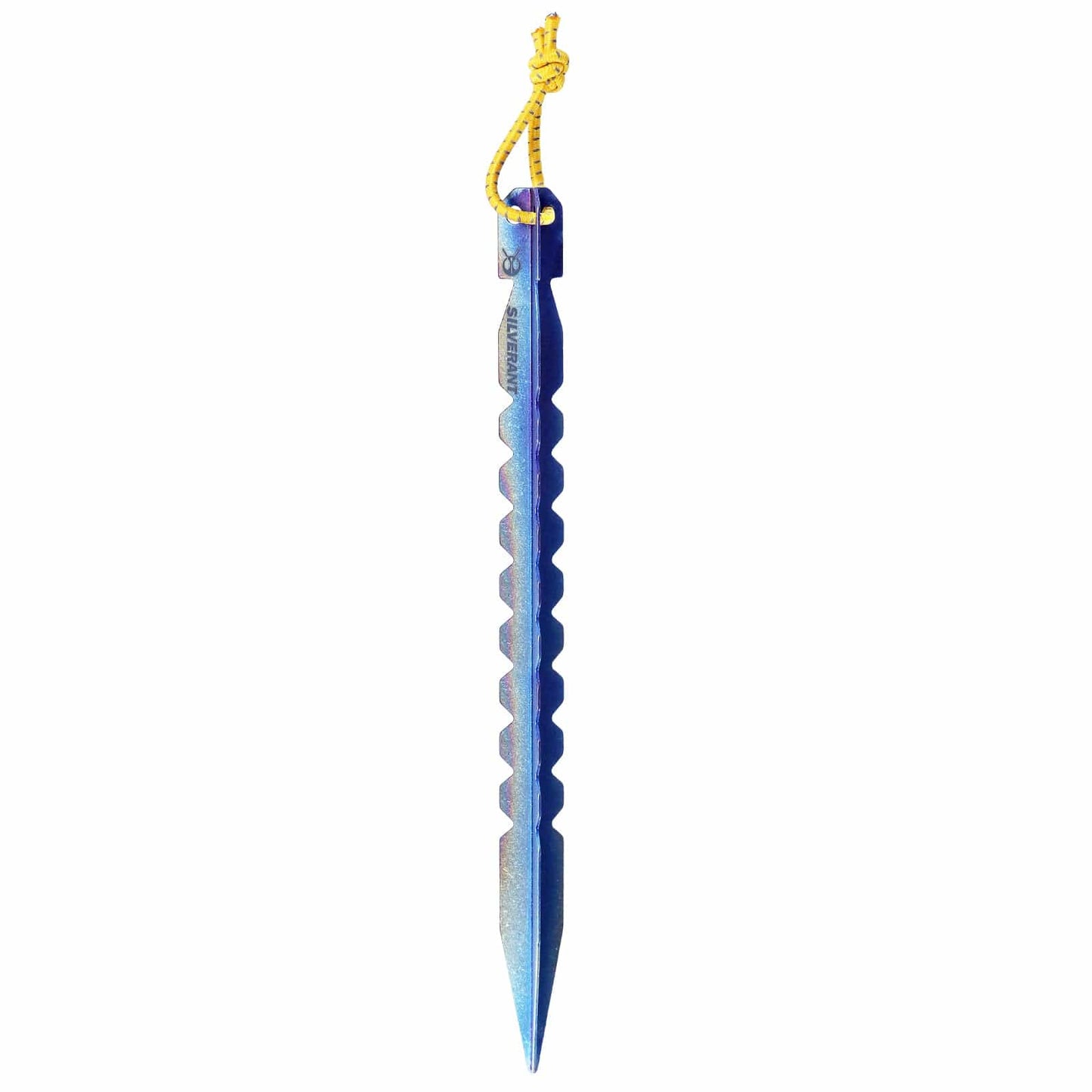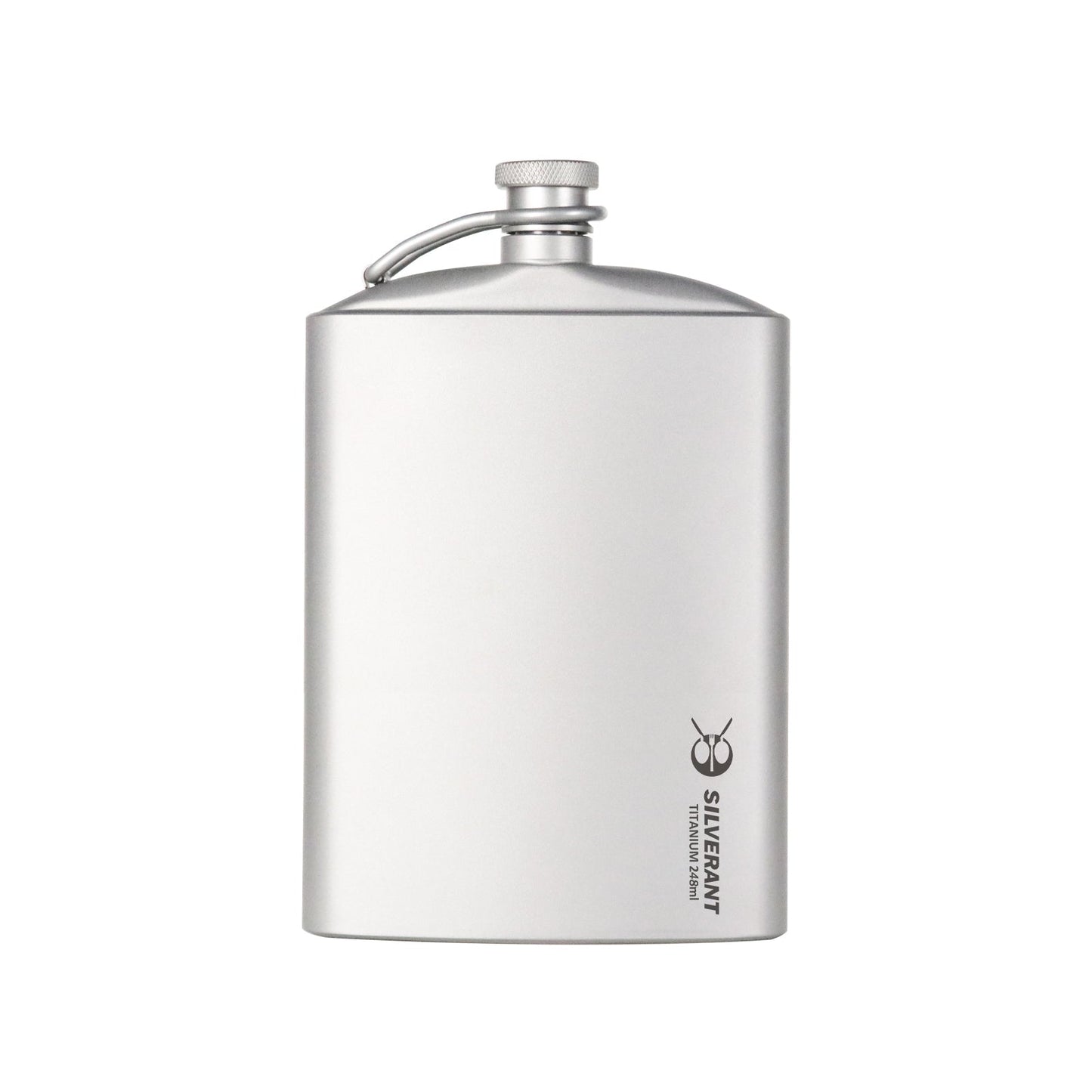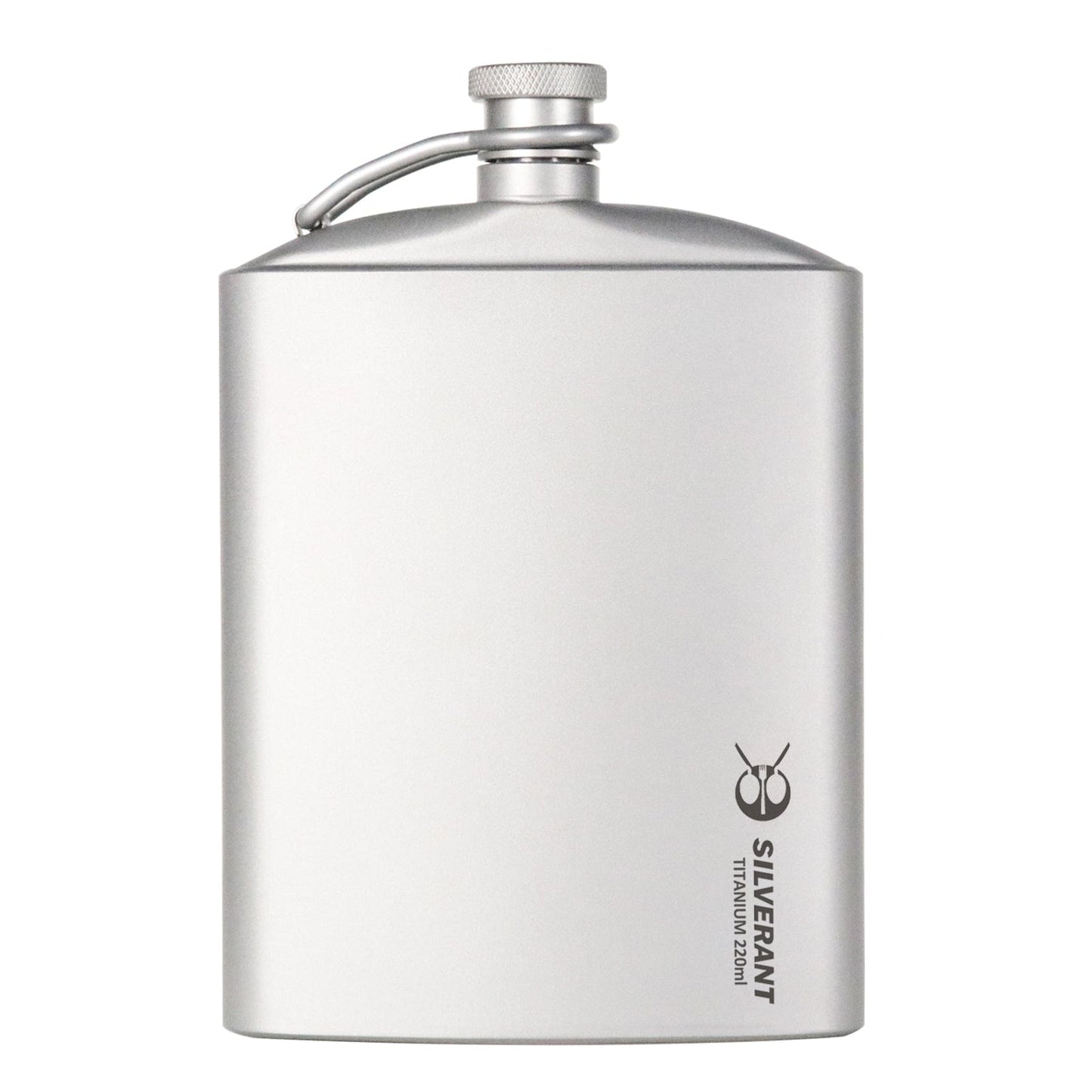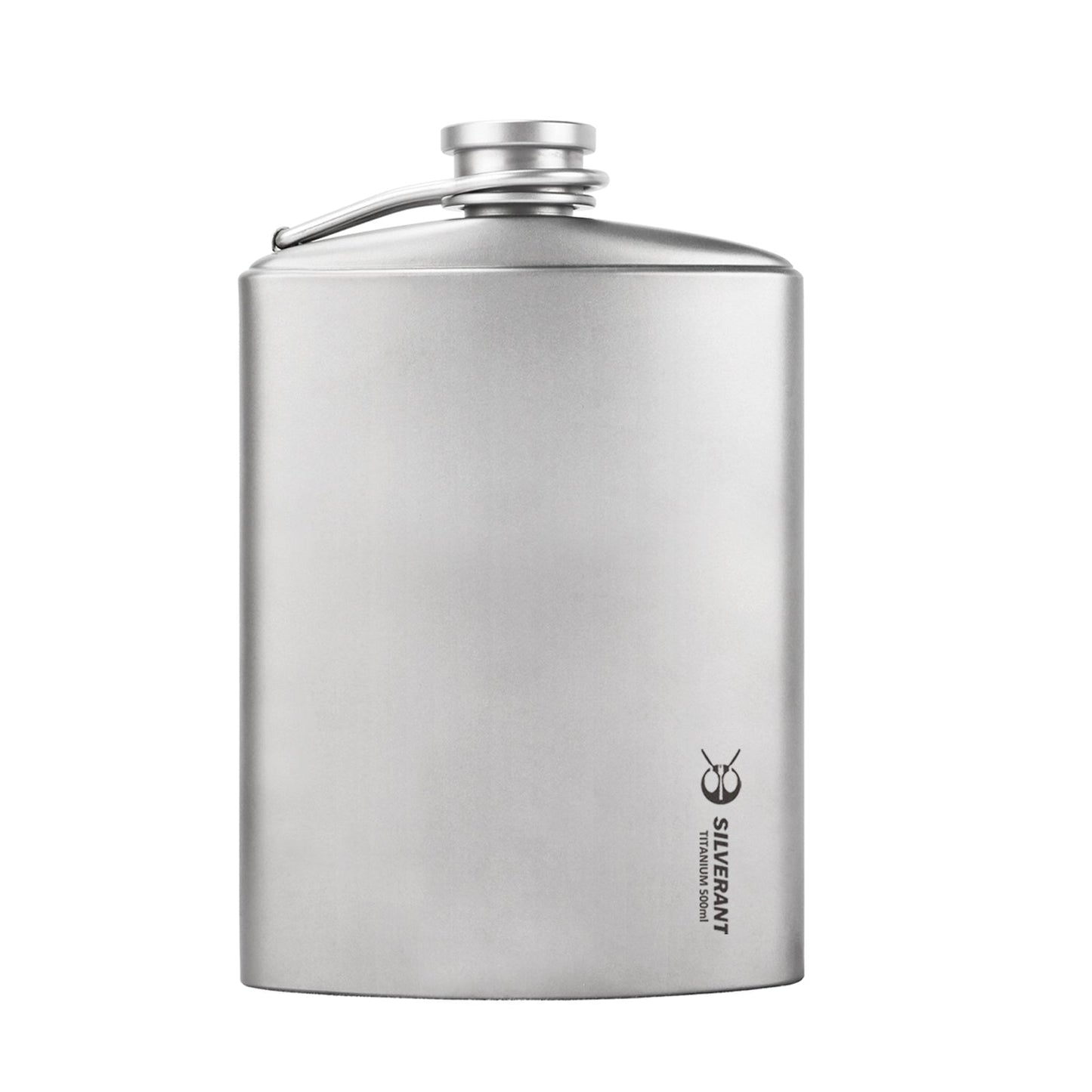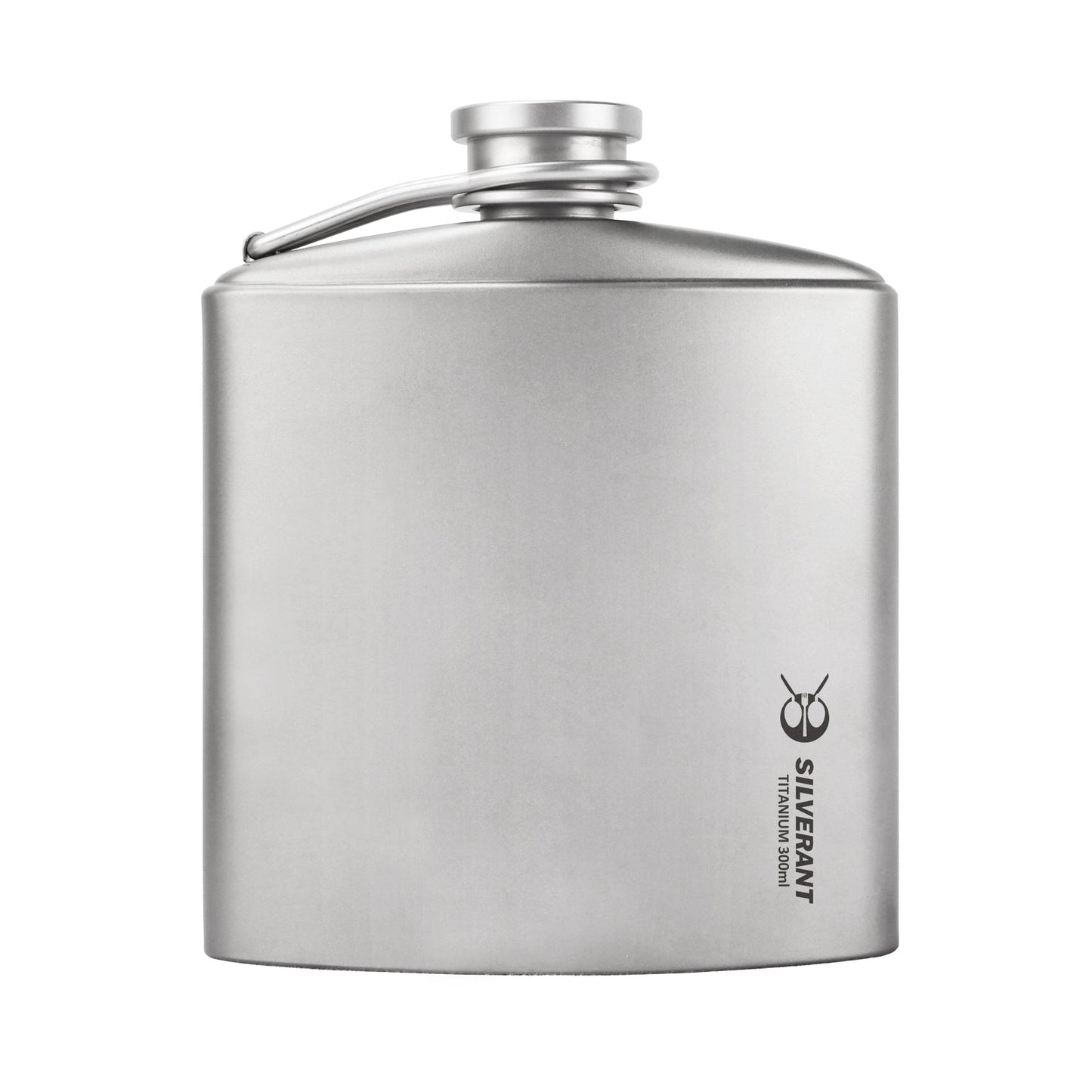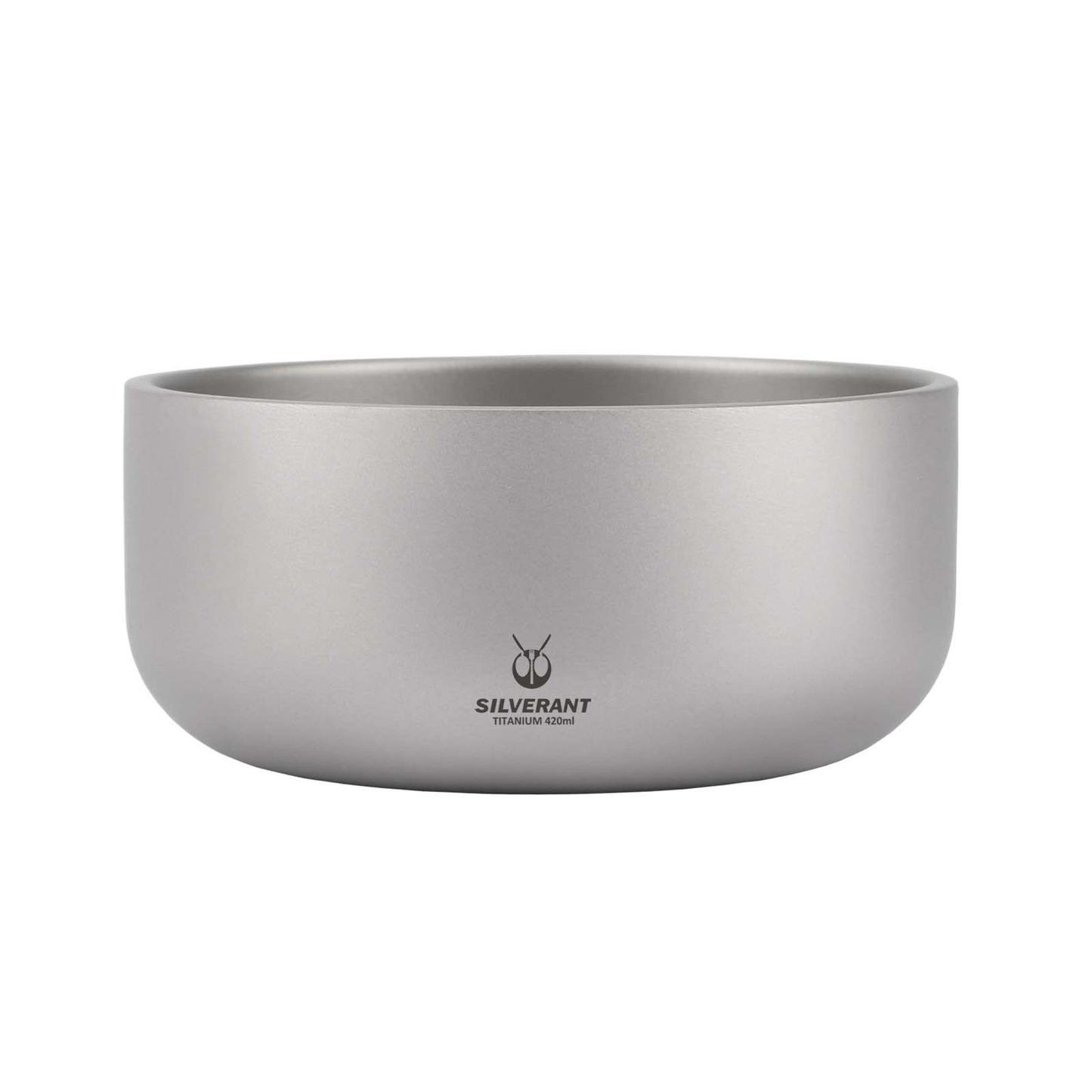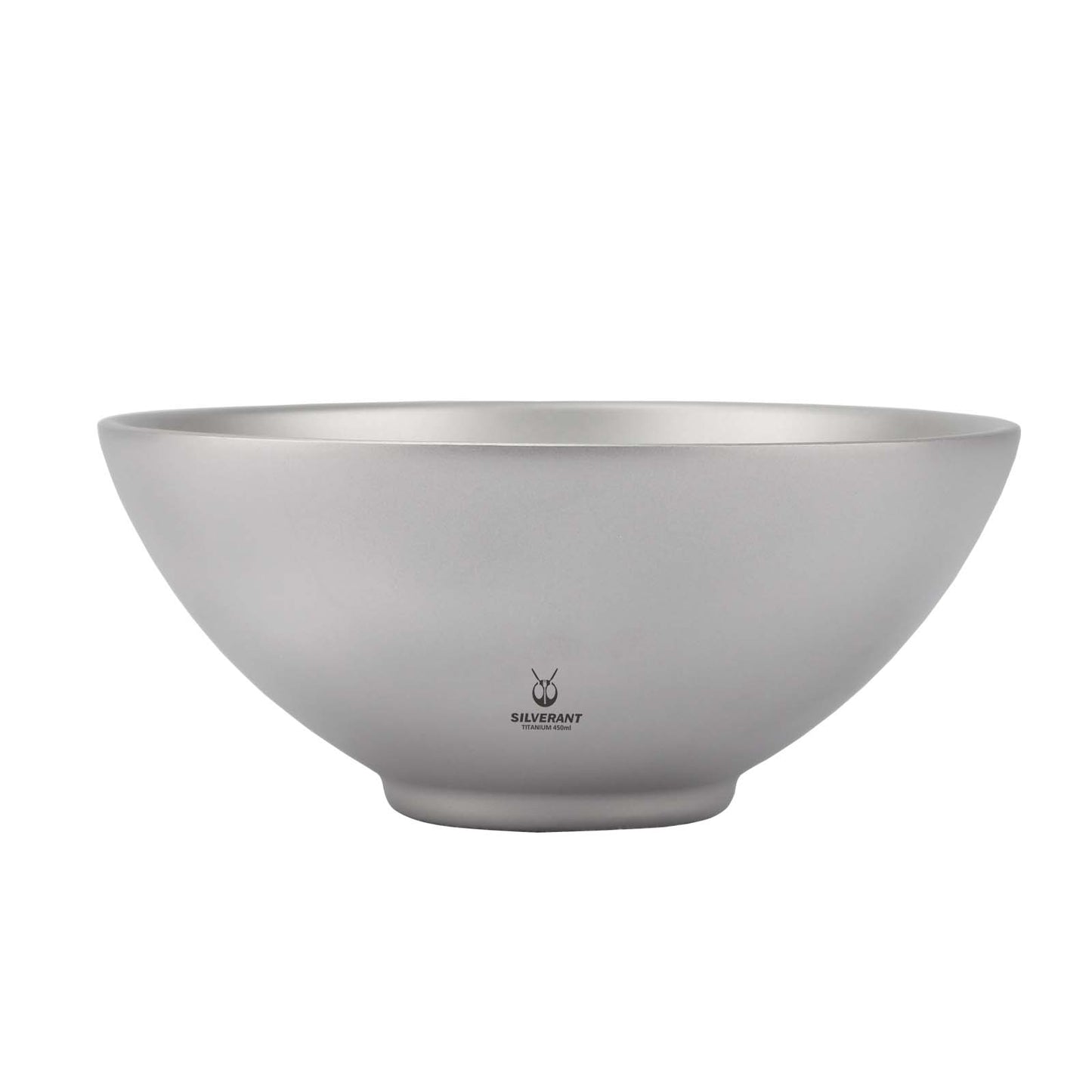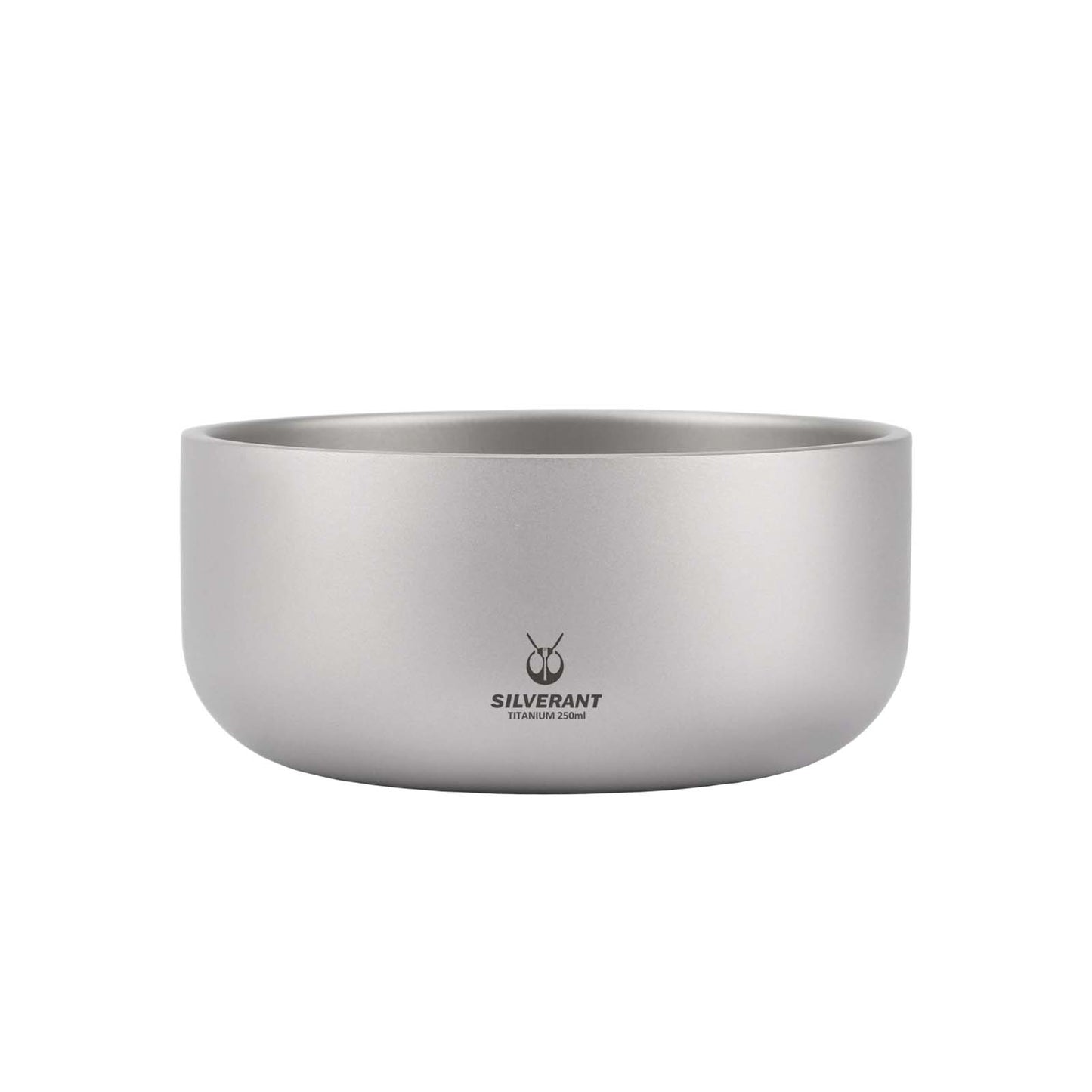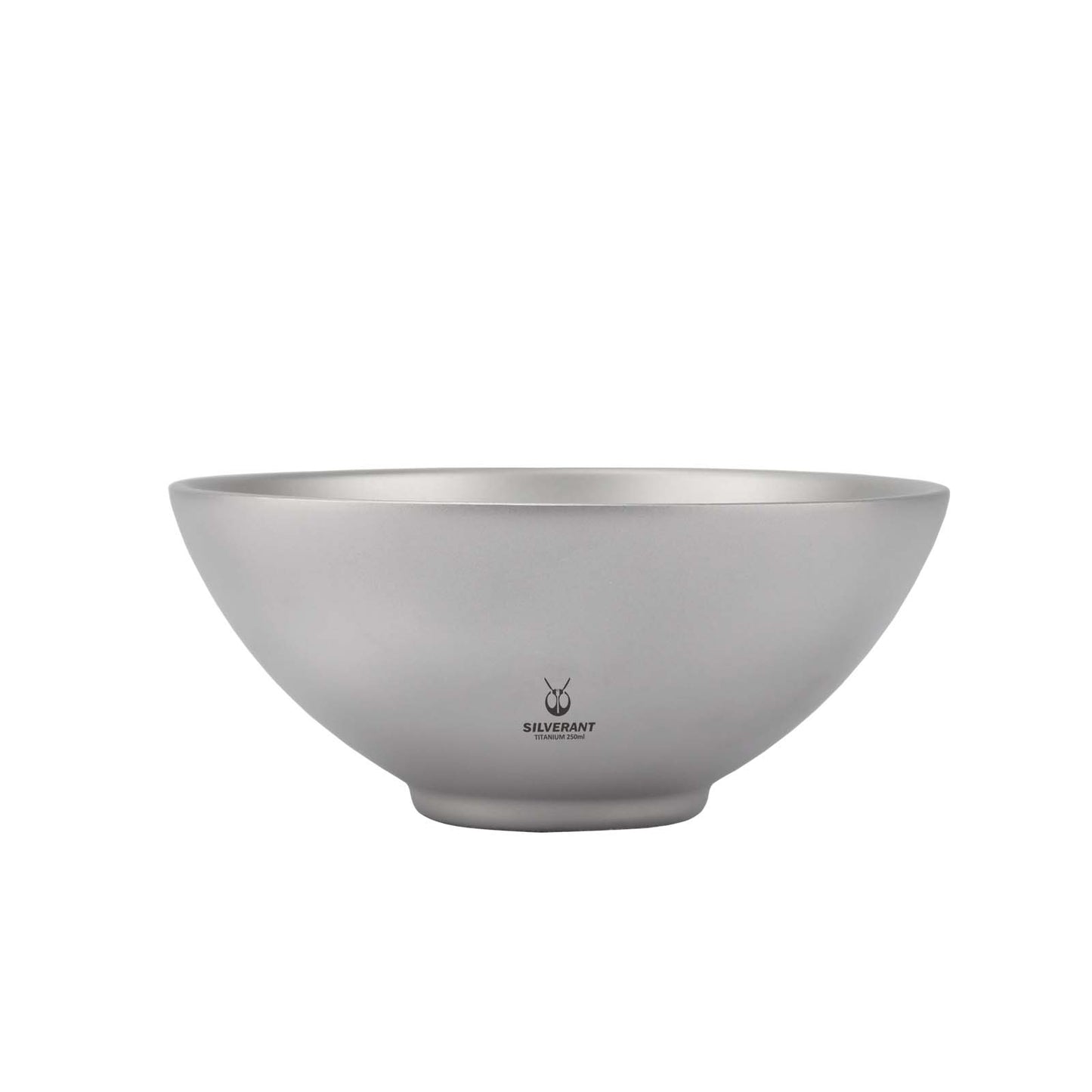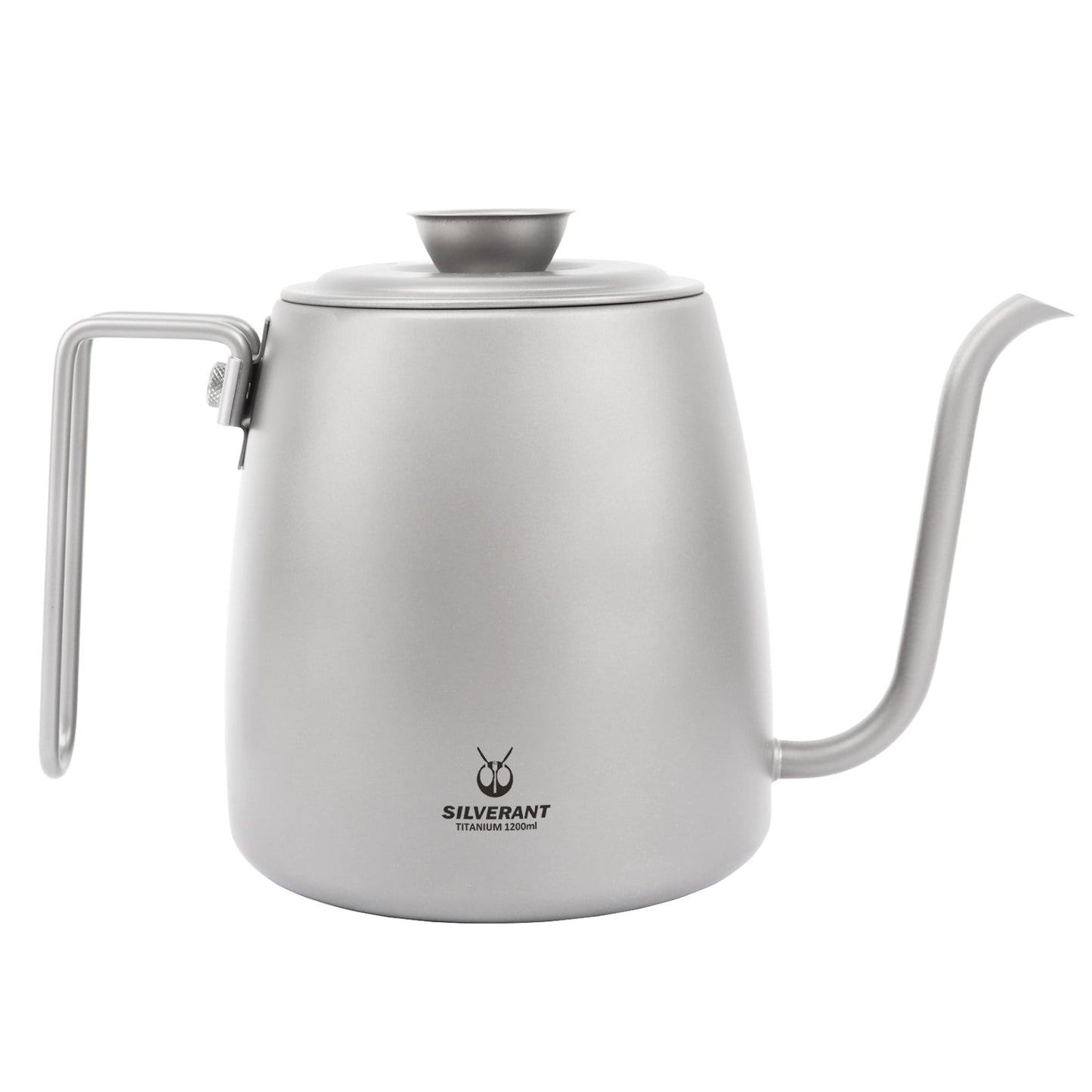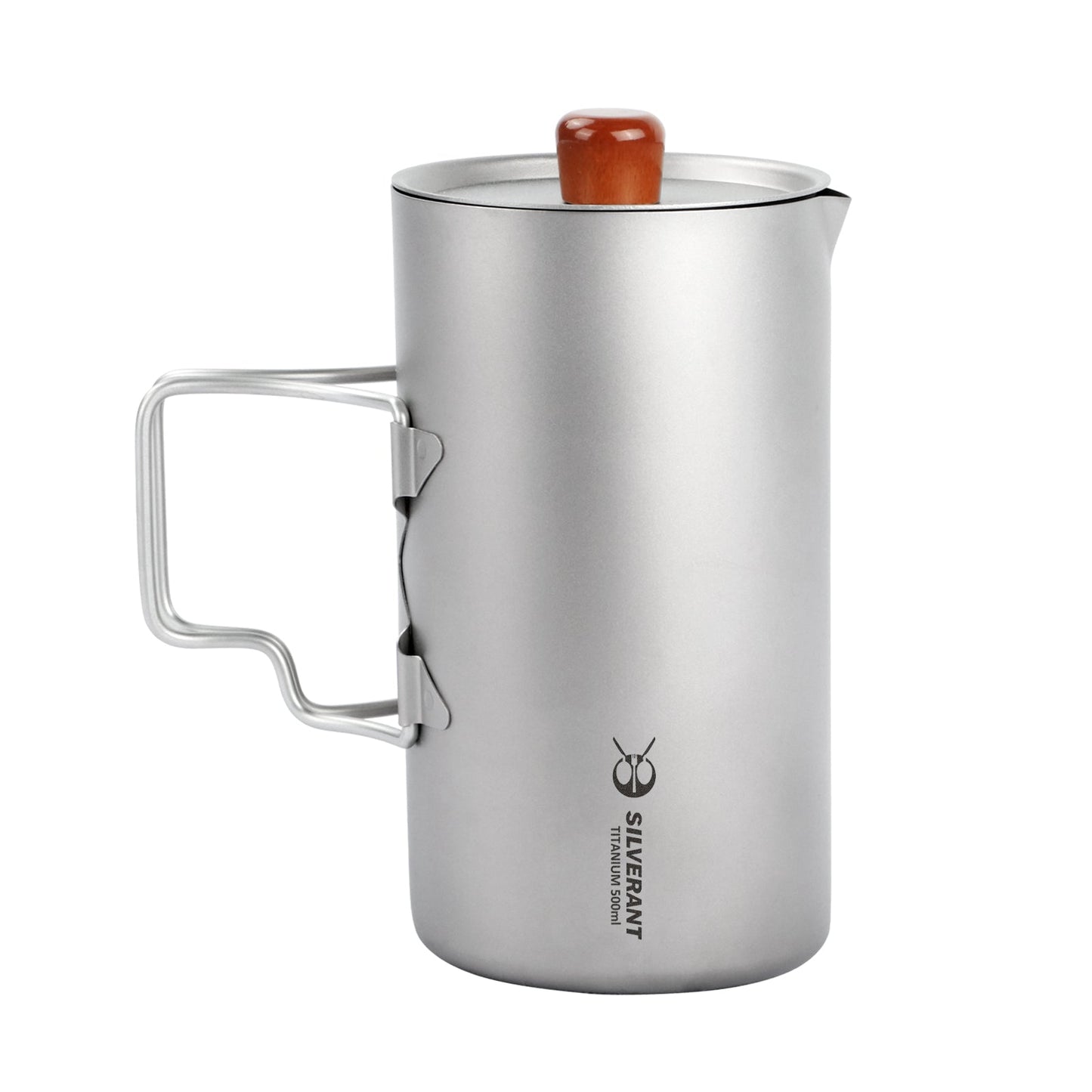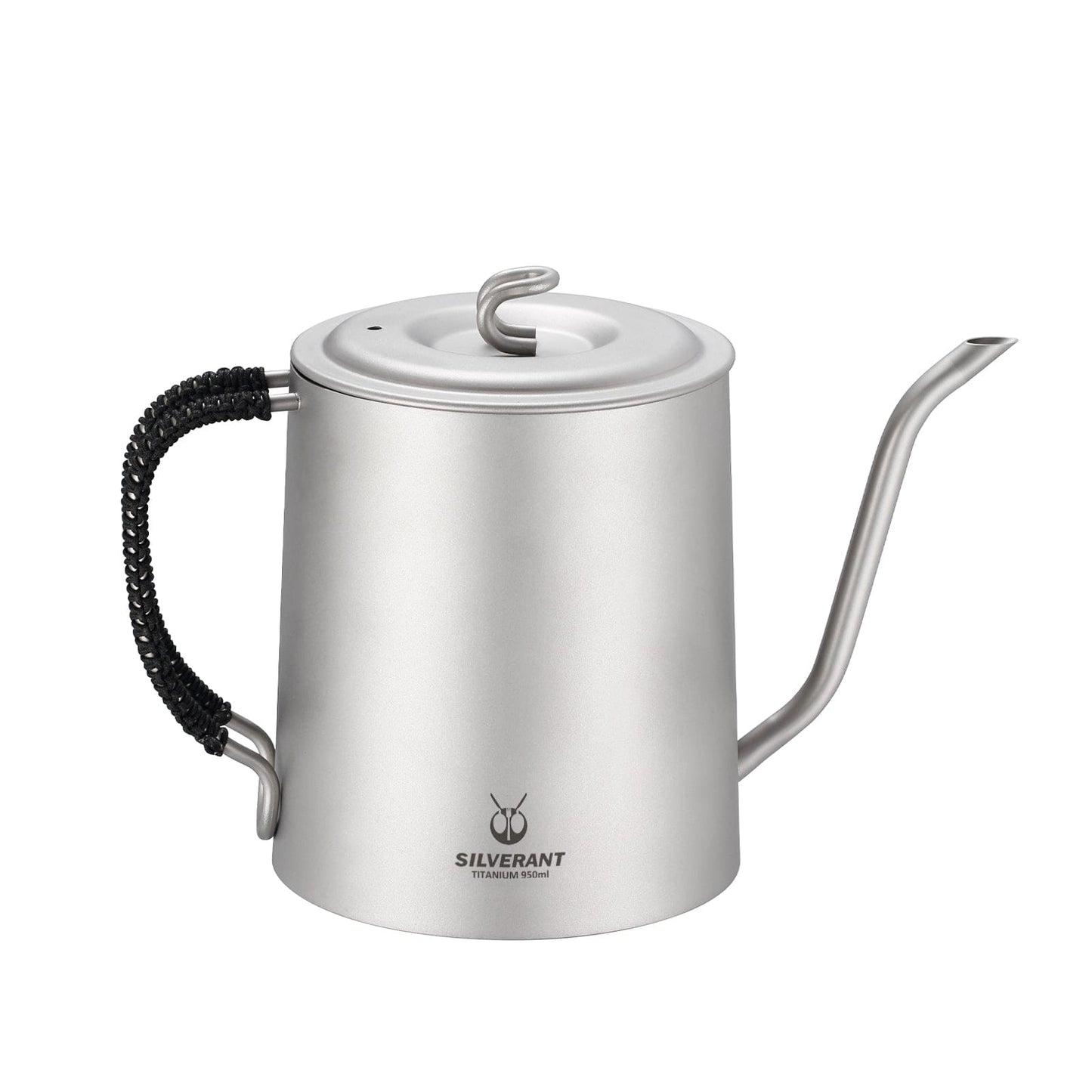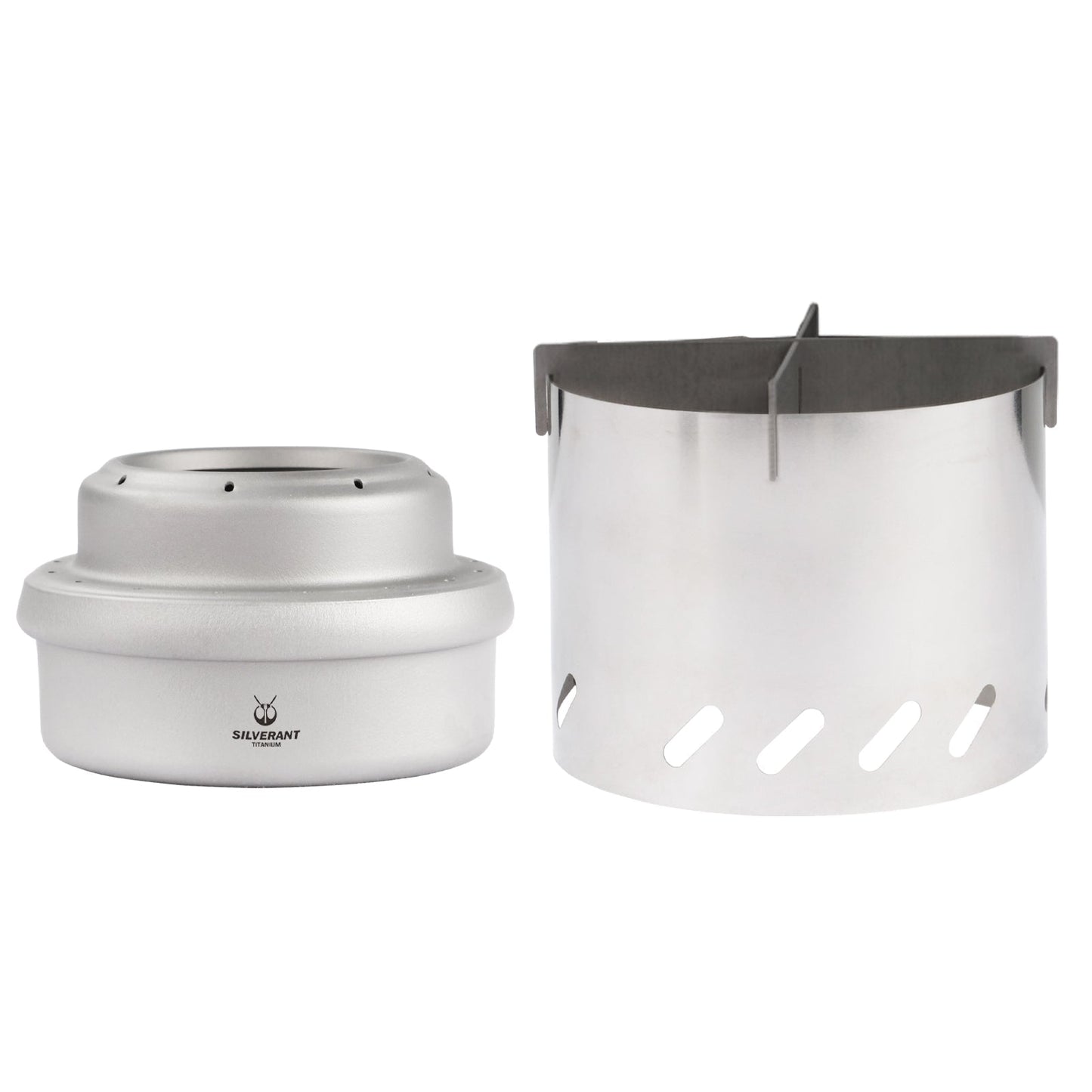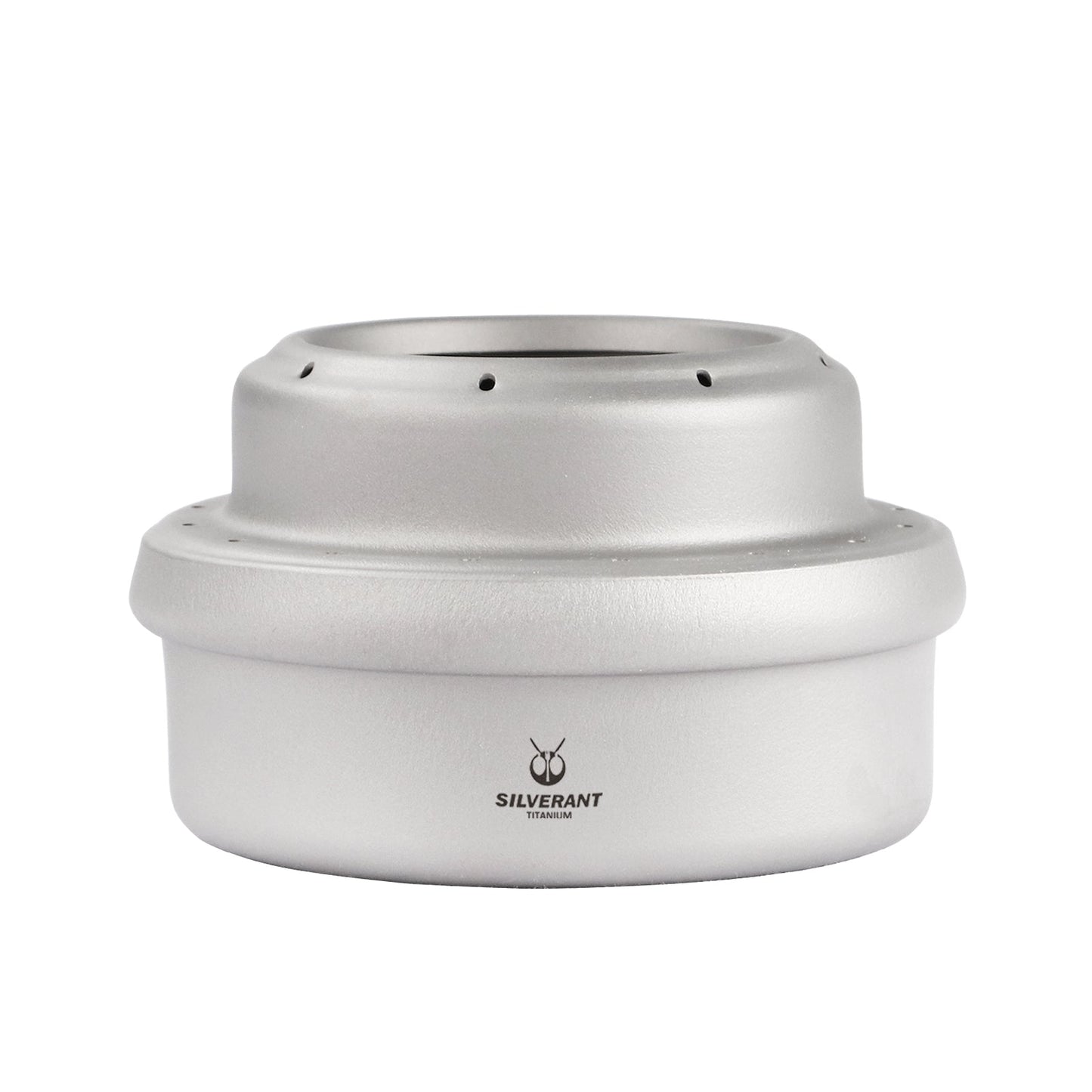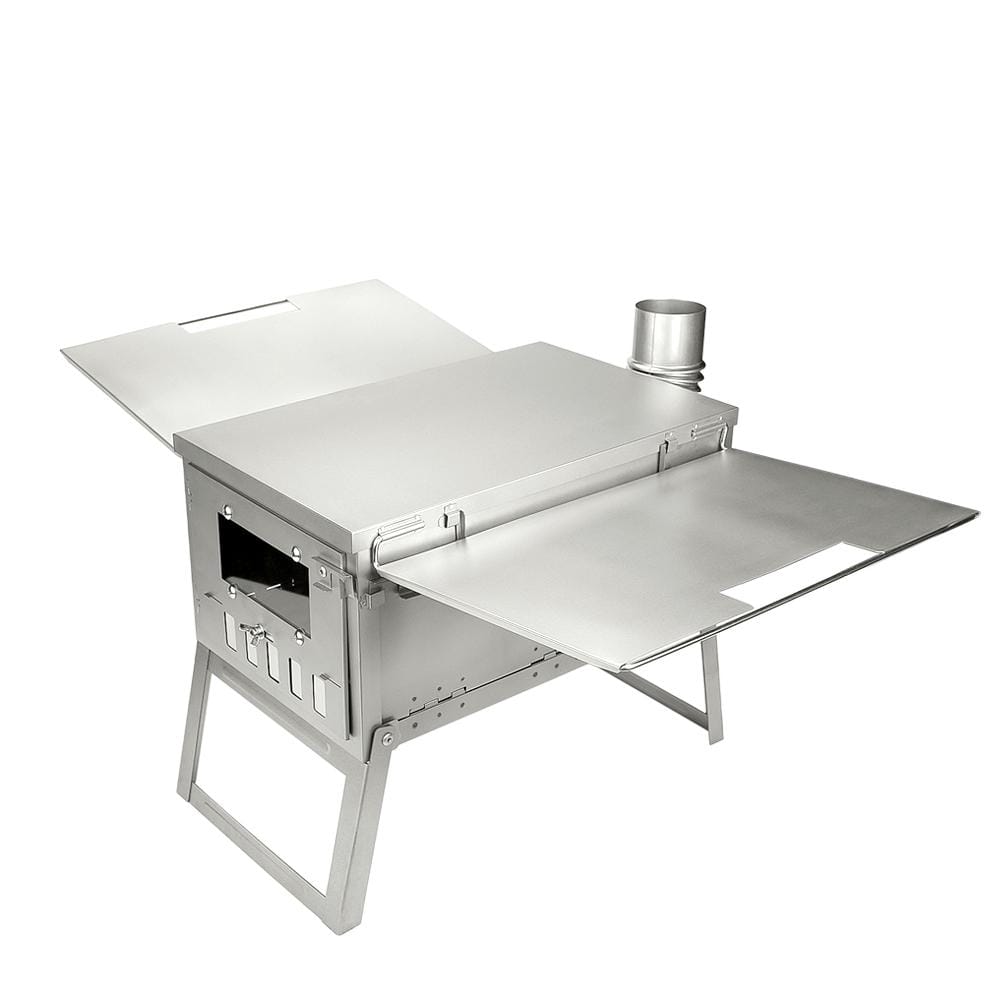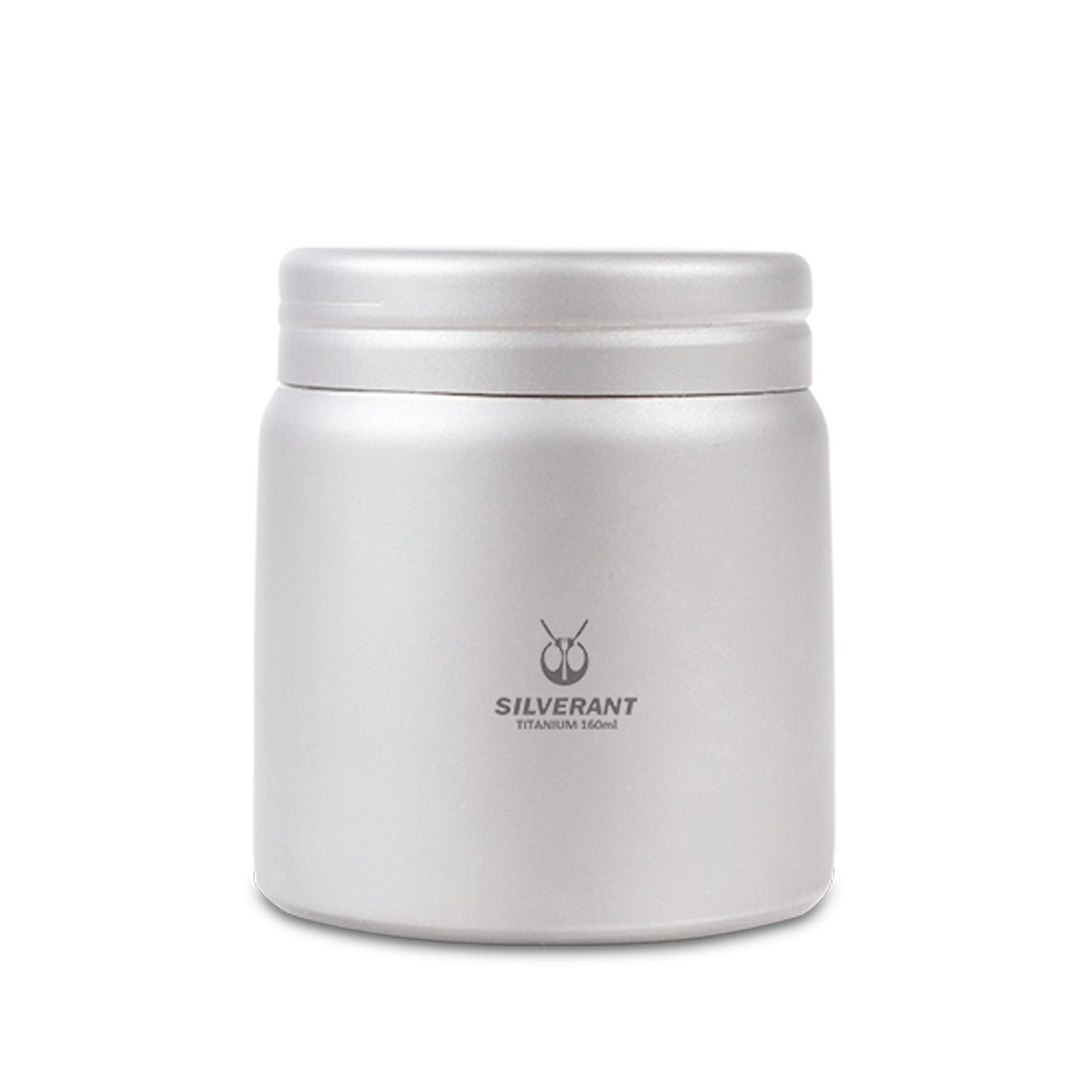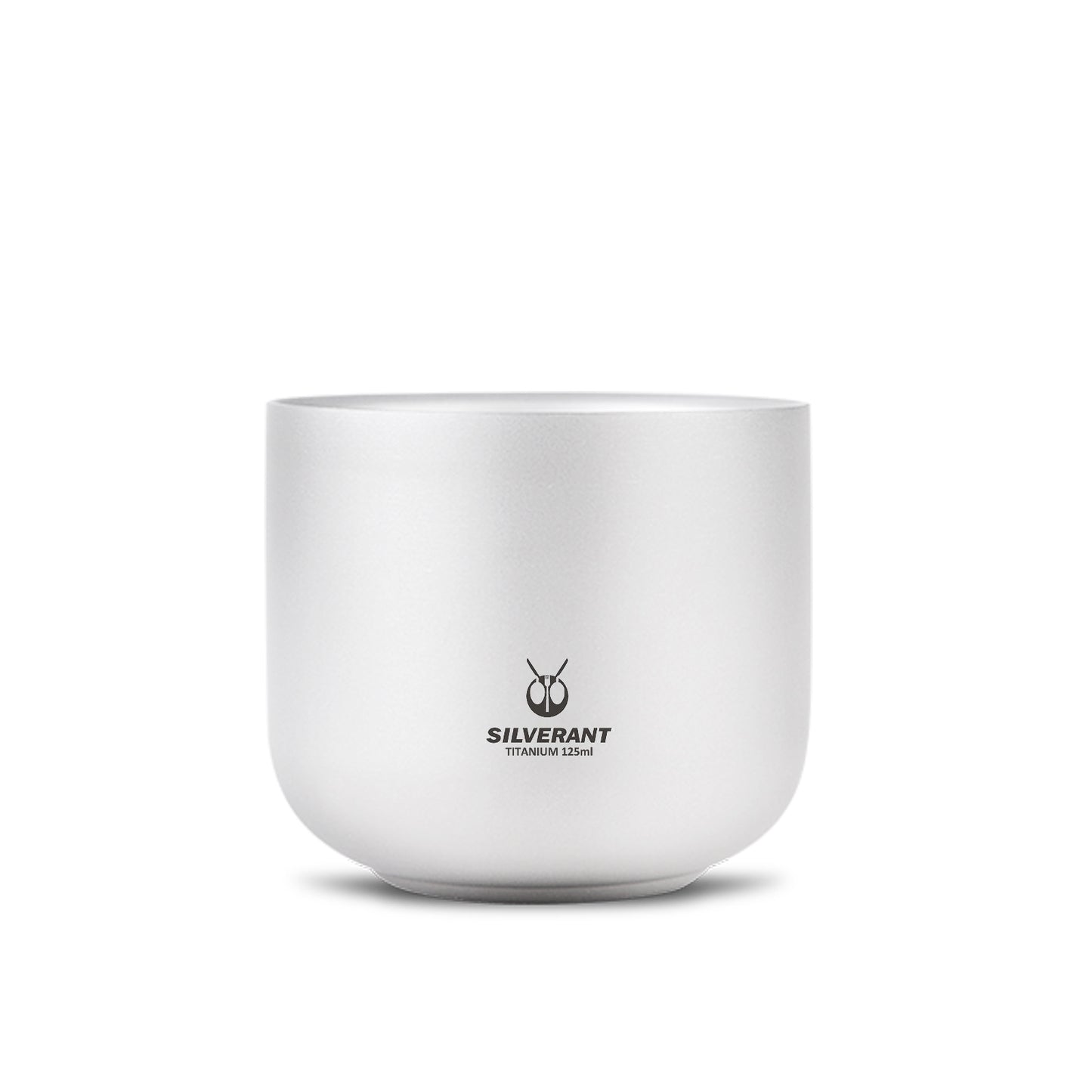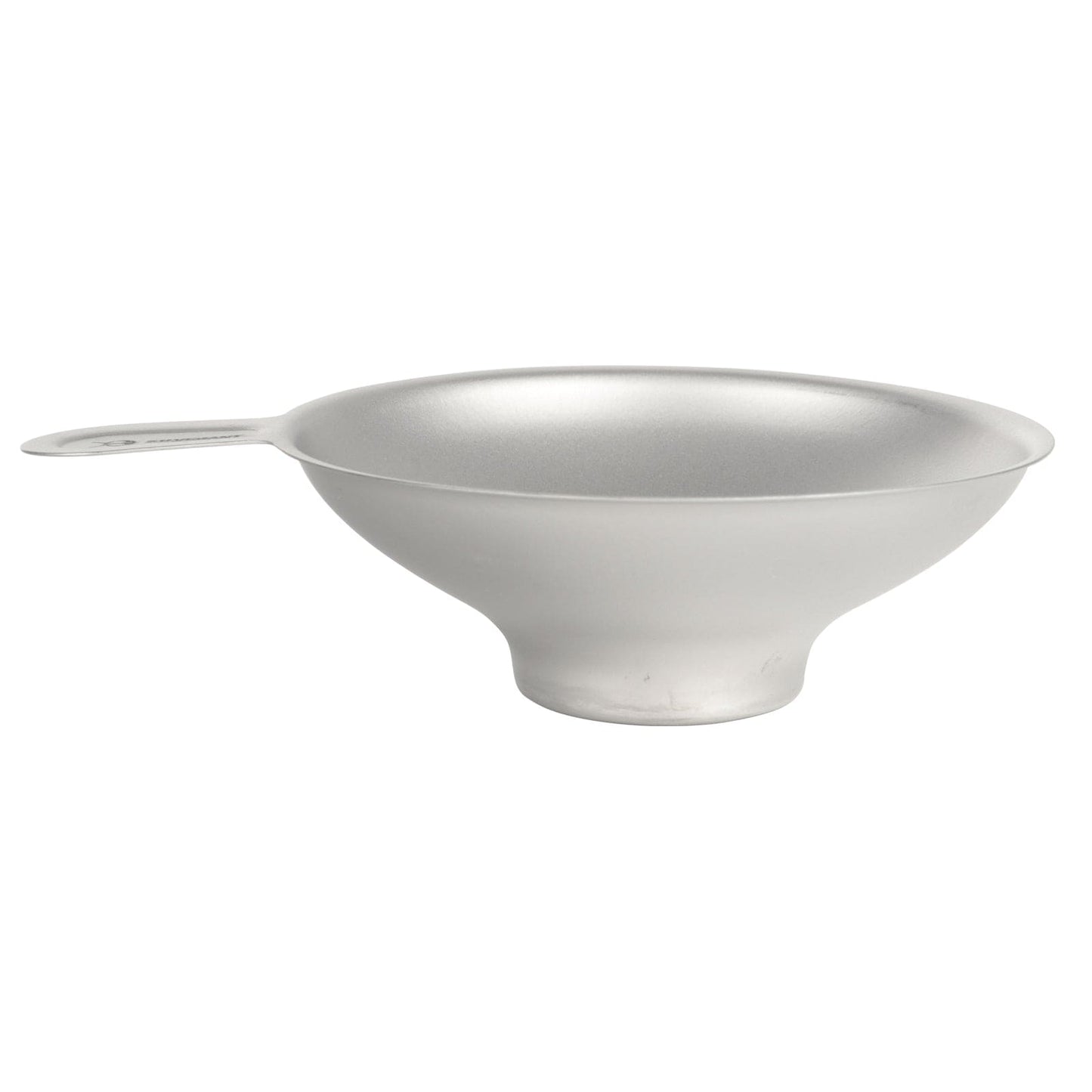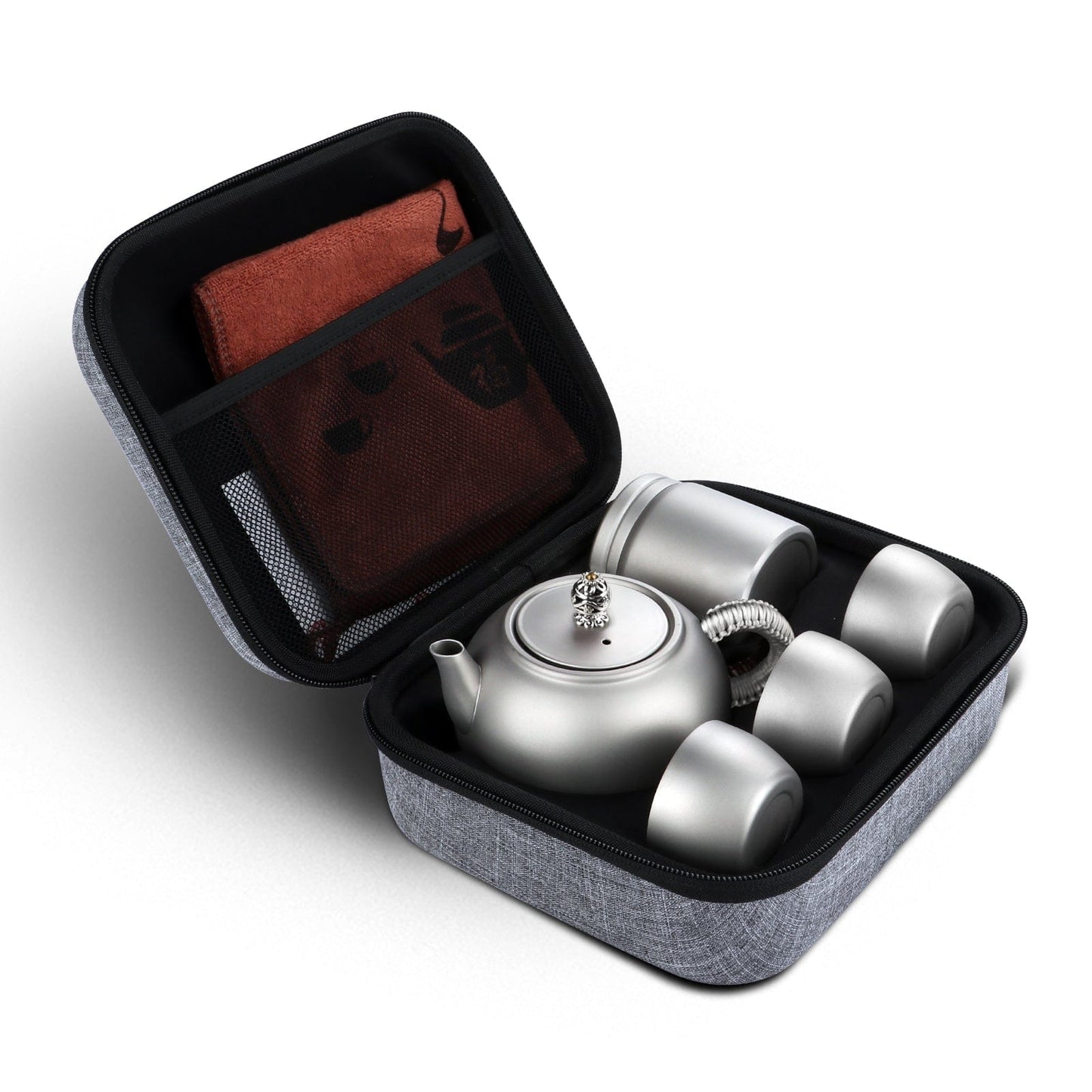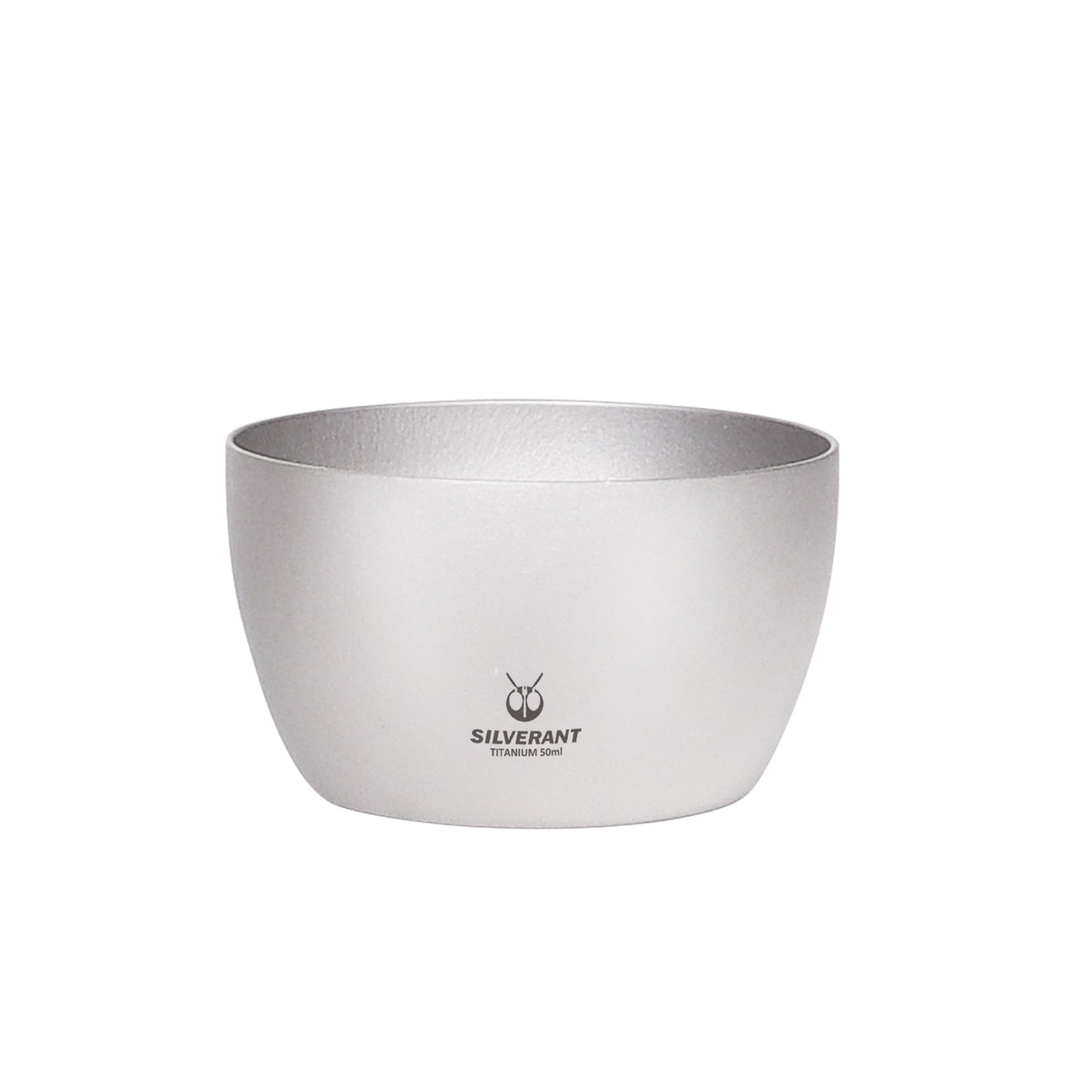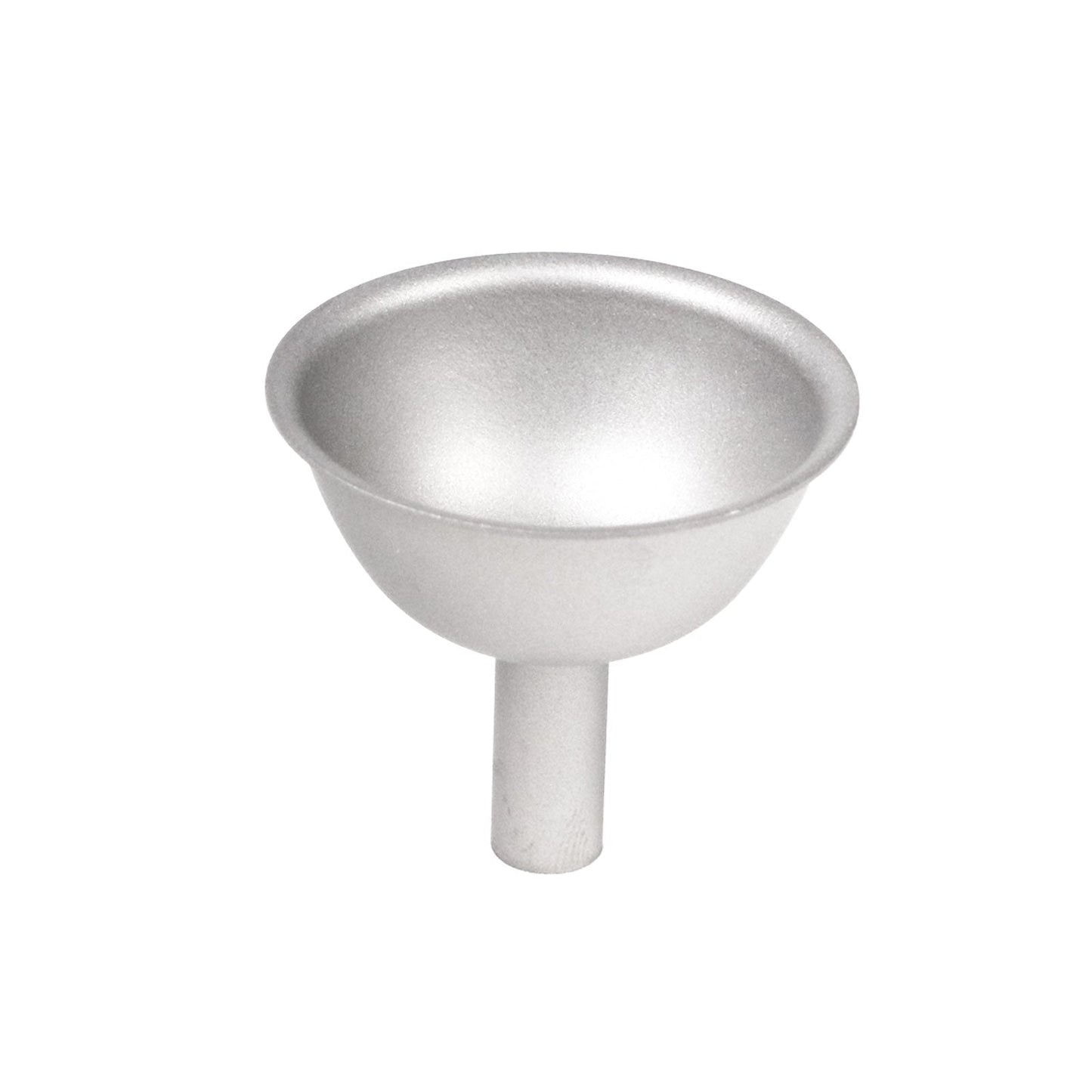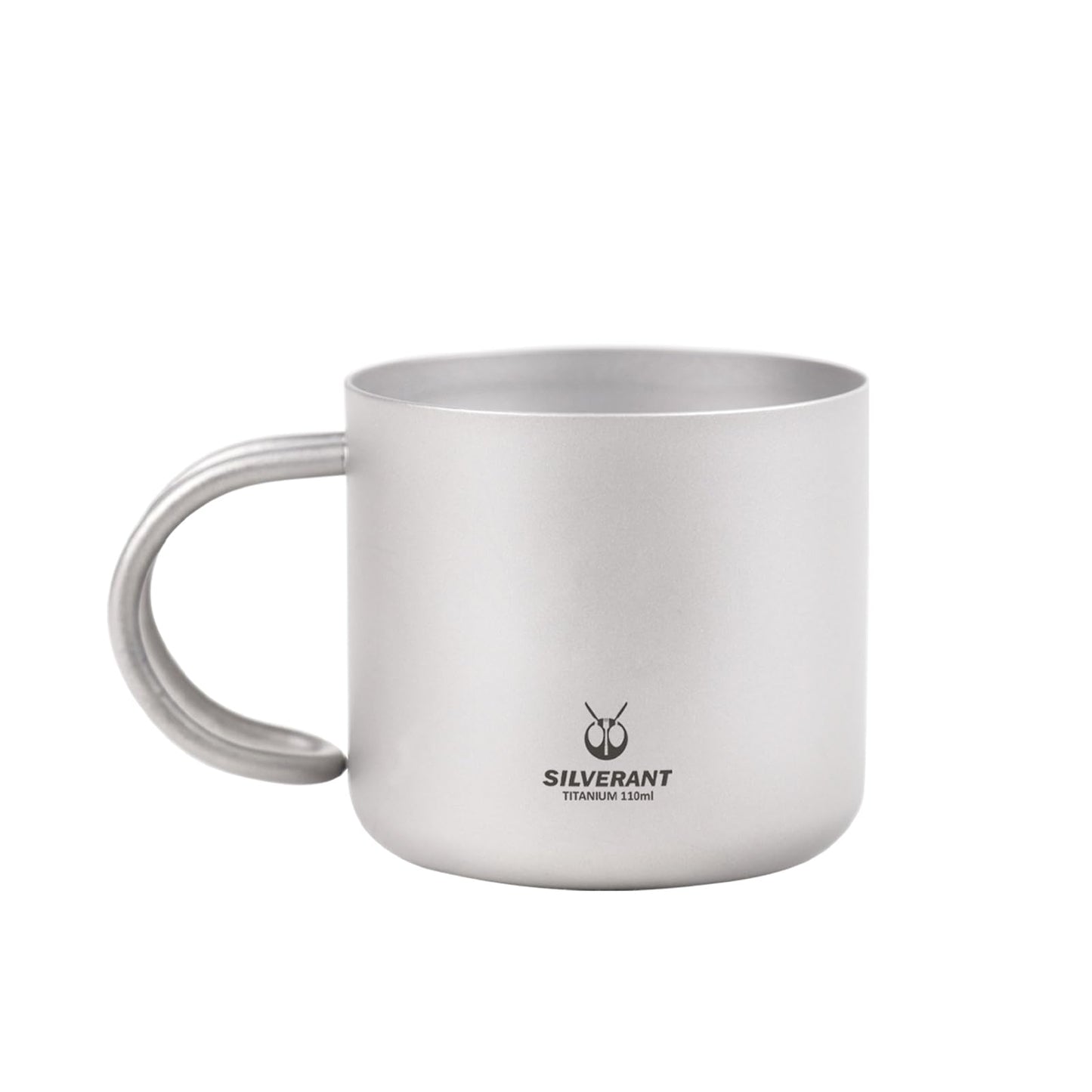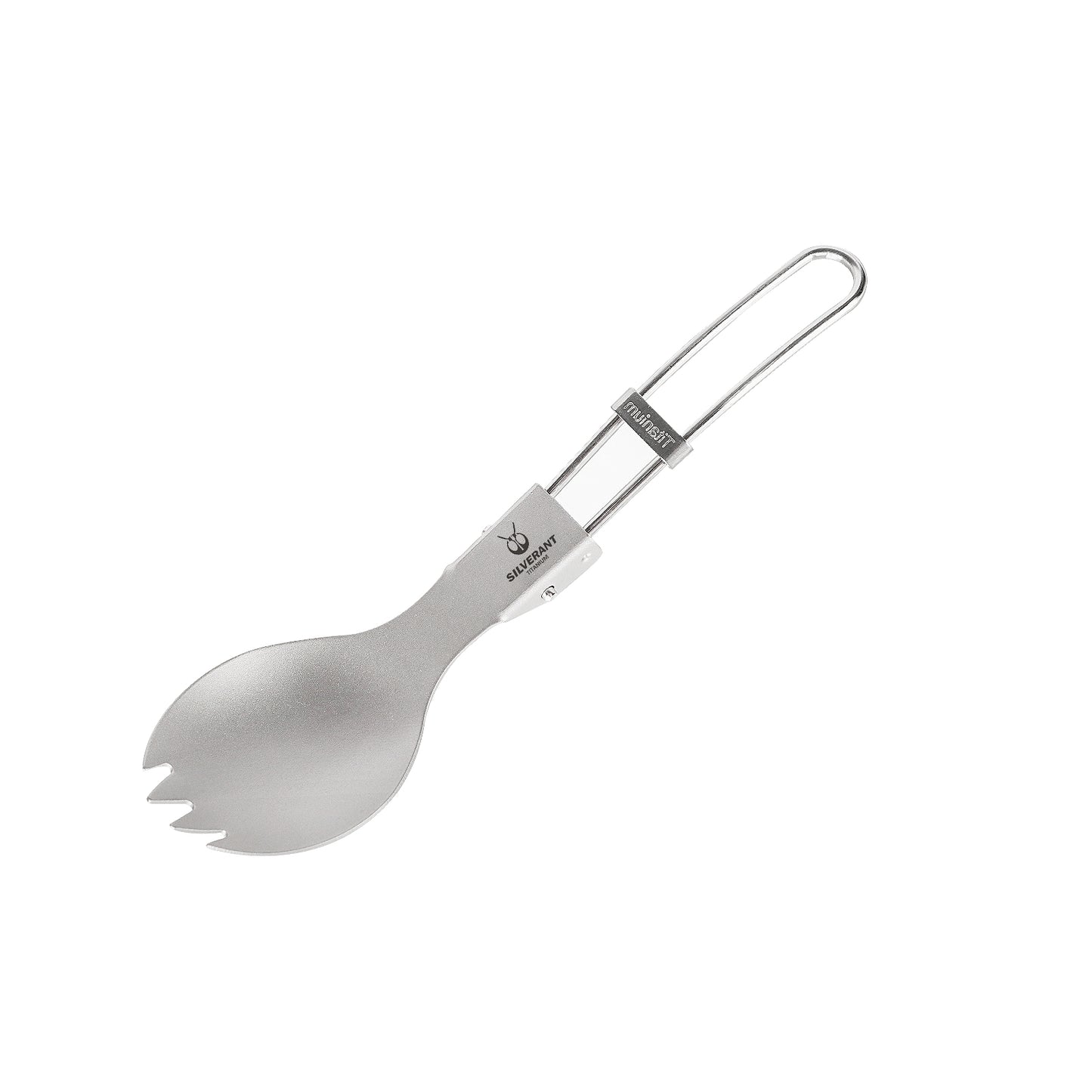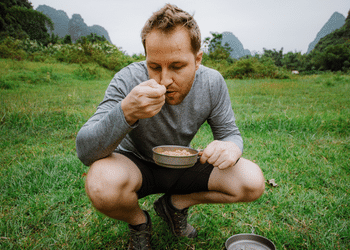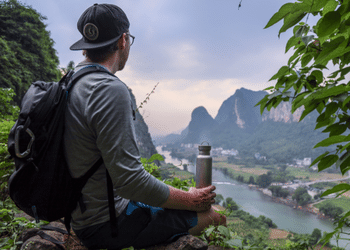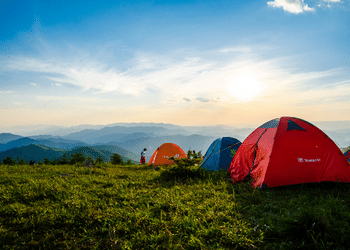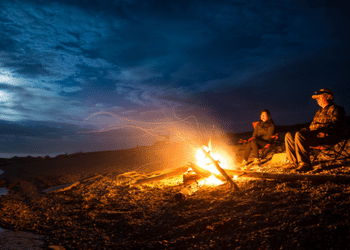
INTRODUCTION
Ultralight backpacking has taken the outdoor world by storm, captivating adventurous souls who yearn to shed the weight of their packs while embracing the thrill of the wilderness.
It's a movement fueled by a desire for freedom, where every step on the trail feels lighter, every vista more enchanting, and every moment more invigorating.
In our previous blog piece, we tantalized your taste buds with the art of cooking for ultralight backpacking trips. But let's not stop there!
Brace yourself for an epic journey as we embark on the ultimate guide to ultralight backpacking.
We'll traverse the rugged terrain of trip planning, equip you with the knowledge to select the perfect gear, master the art of efficient packing, unveil the secrets of mastering different environments, and ensure your comfort and safety along the way.
So, strap on your lightweight pack, lace up those sturdy hiking boots, and join us as we venture into the untamed wilderness.
This is more than just a guide—it's an invitation to embrace the spirit of adventure, challenge your limits, and uncover the hidden treasures that await you on the trail.
Get ready to experience ultralight backpacking like never before.
In this blog piece, we will explore the following sections:
-
Section 1: Planning Your Ultralight Backpacking Trip
-
Section 2: Ultralight Backpacking Tips and Tricks
-
Section 3: Essential Ultralight Gear Recommendations
-
Section 4: How to pack your gear in a proper and efficient manner
-
Section 5: Ultralight Backpacking Techniques for Various Environments
-
Section 6: Ultralight Backpacking Meal Planning and Nutrition
-
Section 7: Maintaining Comfort and Safety in Ultralight Backpacking
Are you ready? Let's dive headfirst into this extraordinary odyssey!
And if you are after a specific section just scroll away to the relevant section.
Section 1: Planning Your Ultralight Backpacking Trip
Embarking on an unforgettable ultralight backpacking adventure begins with meticulous planning.
In this section, we will delve into the essential steps of planning to ensure your journey is not only exhilarating but also safe and fulfilling.
1.1 Evaluating Your Needs and Goals
Before you even set foot on the trail, it's crucial to evaluate your personal needs and goals for the expedition.
Take some time to reflect on what you hope to achieve during your backpacking adventure.
Are you seeking a challenging mountaintop experience or a serene retreat in the wilderness?
Understanding your desires and expectations will help you tailor your trip to align with your aspirations.
1.2 Trip Planning and Route Selection
Once you have identified your needs and goals, it is time to embark on the exciting journey of planning your trip and selecting the optimal route.
This stage involves immersing yourself in a world of maps, guidebooks, and online resources to gather valuable information about your chosen destination.
Thoroughly research the terrain, weather patterns, and potential hazards to carefully select a route that aligns with your preferences and abilities.
This becomes even more crucial when venturing through areas in North America known for bear encounters, as extra caution is necessary.
Take into account the duration of your trip and craft a detailed itinerary that allows for rest stops, exploration, and ample time to immerse yourself in the natural wonders you will encounter along the way.
1.3 Ultralight Backpacking Safety Considerations
While the allure of ultralight backpacking lies in shedding unnecessary weight, safety should never be compromised.
It is crucial to find the perfect equilibrium between reducing pack weight and having the essential equipment to tackle any challenges that may arise.
This includes being knowledgeable about wilderness first aid, emergency preparedness, and the importance of essential safety gear.
We will delve into these aspects in greater detail in Section 7.
Understanding these safety considerations will provide peace of mind, enabling you to fully enjoy your journey, knowing that you are well-prepared to handle any unforeseen circumstances.
With careful evaluation of your needs, meticulous trip planning, and a strong focus on safety, we'll lay the foundation for an adventure of a lifetime.

Section 2: Ultralight Backpacking Tips and Tricks
Once your trip is thoroughly planned, it's time to delve into valuable insights and techniques for ultralight backpacking.
This section is dedicated to providing you with valuable tips and tricks specifically tailored to enhance your ultralight backpacking experience.
2.1 Lightening Your Backpack: Weight Reduction Strategies
The first technique focuses on reducing weight and includes the following strategies:
Analyzing your gear
Take a close look at each item in your backpack and carefully assess its necessity, weight, and potential for redundancy.
This process helps you identify items that can be eliminated or replaced with lighter alternatives.
Multi-purpose items
Opt for gear that serves multiple functions, reducing the number of individual items you need to carry.
For example, a trekking pole can double as a tent pole, or a bandana can serve as a towel or a sunshade.
Minimizing toiletries and luxury items
Streamline your personal care items by carrying only the essentials.
Leave behind non-essential or heavy luxury items that add unnecessary weight to your pack.
Cutting excess packaging
Remove unnecessary packaging from food, gear, and other supplies.
Repackage items into lightweight and compact containers or bags to reduce bulk and weight.
Sharing gear
Collaborate with fellow backpackers to distribute communal items.
This can include sharing cooking equipment, tents, or water filters, lightening the load for each individual and maximizing efficiency.
Ultralight alternatives
Consider investing in ultralight versions of traditional backpacking gear.
Look for lightweight tents, sleeping bags, backpacks, and other equipment specifically designed to minimize weight while maintaining functionality and durability.
In particular, when it comes to tent pegs, it's important to find a balance between sturdiness and weight.
While steel tent stakes are heavy-duty, they can also add significant weight to your pack.
Instead, titanium tent stakes are an excellent choice as they offer the desired sturdiness while being exceptionally lightweight.
This makes them an ideal option for keeping your gear load light without compromising reliability.
2.2 Gear Selection: Choosing the Right Ultralight Equipment
Choosing the right ultralight equipment is the second crucial aspect of ultralight backpacking.
Here are the key factors to consider:
Weight-to-function ratio
Evaluate the weight of each gear item and assess its functionality and performance.
Aim for gear that strikes a balance between being lightweight and serving its intended purpose effectively.
Durability and reliability
Select gear that is not only lightweight but also durable enough to withstand the demands of backpacking.
Look for materials and construction that ensure longevity and reliable performance.
In this regard, titanium gear is particularly notable for its exceptional strength-to-weight ratio, long-lasting durability, and excellent reliability.
Comfort and fit
Prioritize gear that not only reduces weight but also provides comfort and a proper fit.
Consider factors such as backpack ergonomics, sleeping bag comfort, and footwear that provides adequate support during long hikes.
In terms of cookware, such as cups, pots, and pans, opt for those with foldable handles that offer a comfortable and secure grip when in use, while taking up minimal space when folded.
Research and reviews
Take advantage of resources such as gear reviews, online forums, and recommendations from experienced backpackers.
Learn from their insights and experiences to make informed decisions about the gear that best suits your needs and preferences.
However, it's advisable to rely on trusted review sources such as Trustpilot for more reliable and unbiased assessments.
Budget considerations
While ultralight gear can sometimes come with a higher price tag, it's important to consider the long-term value of your investment.
Cheaper gear may be prone to premature wear and tear, compromising its performance and longevity.
Choose gear that is built to withstand a lifetime of adventures, even if it means investing a bit more upfront.
2.3 Efficient Packing Techniques
After carefully selecting your gear, the next step is to efficiently pack it by following these steps:
Arrange your gear in a systematic manner by grouping similar items together.
Distribute the weight of your gear evenly throughout your backpack.
Pack essential items that you may need frequently, such as snacks, water bottles, navigation tools, and rain gear, in easily accessible pockets or compartments.
Utilize compression sacks or packing cubes to compress and secure your gear.
In the following section (Section 4), we will delve deeper into these packing techniques and explore how to optimize the efficiency of your backpack organization.
2.4 Trail Skills for Ultralight Backpackers
Once your ultralight gear is prepared, it's time to embark on the trail.
Here are the crucial skills you need to know:
Navigation skills
Master the use of maps, compasses, and GPS devices to navigate accurately and efficiently.
For example, use a topographic map and compass to determine your location and navigate along the trail.
Alternatively, utilize a GPS device to track your progress and follow a pre-planned route.
Campsite selection
Learn how to identify suitable campsites that prioritize safety, Leave No Trace principles, and personal comfort.
For instance, choose a campsite that is away from water sources to minimize environmental impact and avoid contaminating the water.
Also, select a campsite that provides natural shelter from wind and potential hazards like falling branches.
Water management
Understand how to locate water sources, assess their quality, and treat water if necessary.
Optimize your water-carrying strategies to minimize weight while ensuring an adequate supply for your trip.
This may involve identifying nearby water sources such as streams or lakes and planning your route accordingly.
Additionally, carry a water filter and water purification tablets to treat water from natural sources and make it safe for drinking.
Campcraft
Develop essential camping skills, including setting up a tent, cooking lightweight meals, and practicing efficient campsite routines.
For example, set up a lightweight tent using minimal stakes and guy lines to save weight and time.
In addition, consider using a lightweight stove, such as a canister or alcohol stove, along with a cookware set with a nesting design.
This will help reduce the weight of your pack and optimize fuel consumption during your backpacking trip.
Emergency preparedness
Equip yourself with knowledge of basic first aid, emergency communication, and survival skills.
Be prepared for unexpected situations on the trail by carrying a basic first aid kit and knowing how to administer basic first aid for common injuries.
It is also crucial to have a communication device, such as a satellite phone or personal locator beacon (PLB), in case of emergencies where cell service is unavailable.
Remember to pack spare batteries for your electronic devices to ensure they remain functional throughout your journey.
2.5 Leave No Trace Principles for Ultralight Backpacking
The final aspect is to adhere to the principles of Leave No Trace, which are essential for minimizing your environmental impact during ultralight backpacking.
Here are some guidelines to follow:
Plan ahead
Prepare for your trip by researching regulations, permits, and any specific restrictions in the area you'll be visiting.
Familiarize yourself with the principles of Leave No Trace and incorporate them into your planning.
Minimize campsite impact
Select established campsites whenever possible to avoid creating new impact zones.
Utilize durable surfaces, such as rock or gravel, rather than delicate vegetation.
Keep your campsite clean and leave it as you found it.
Proper waste disposal
Pack out all your trash and waste, including food scraps and personal hygiene products.
Use biodegradable soap sparingly, if at all, and dispose of gray water responsibly, away from water sources.
Respect wildlife
Keep a safe distance from wildlife and observe them from afar.
Do not feed or approach animals, as it disrupts their natural behavior and can pose risks to both you and the wildlife.
To summarize, incorporating weight reduction strategies, careful gear selection, efficient packing, trail skills, and adherence to Leave No Trace principles will enhance your outdoor experience by reducing weight, increasing efficiency, and minimizing environmental impact.

Section 3: Essential Ultralight Gear Recommendations
After familiarizing ourselves with all the tips and tricks of ultralight backpacking, let's explore the options for ultralight gear.
3.1 Ultralight Backpacks: Features and Recommendations
When it comes to ultralight backpacks, some notable features to consider include:
-
Minimalist design with lightweight materials such as Dyneema or Cuben Fiber.
-
Sufficient storage capacity for your gear and supplies.
-
Adjustable and comfortable suspension system for proper weight distribution.
-
Multiple external pockets for easy access to frequently used items.
-
Compression straps to secure the load and maintain stability.
Excellent ultralight backpack options:
-
Hyperlite Mountain Gear 2400 Windrider: Made from Dyneema, it offers excellent durability and weighs only 2.4 pounds (1.09 kg).
-
Gossamer Gear Mariposa 60: With a capacity of 60 liters and weighing just under 2 pounds (0.907 kg), it provides a good balance between weight and storage.
3.2 Lightweight Tents and Shelters
When considering ultralight tents and shelters, it's important to take note of the following features:
-
Look for options that offer quick and easy setups to save time and effort on the trail.
-
Ensure the tent or shelter is weather-resistant and capable of withstanding rain, wind, and snow.
Consider features like durable waterproof materials like Ripstop Nylon or Polyester, reinforced seams, and sturdy poles.
-
Adequate ventilation is crucial to preventing condensation buildup.
Look for tents with mesh panels, vents, or adjustable rainfly options to promote airflow.
Here are some excellent options for lightweight tents and shelters to consider:
-
Lunar Solo Backpacking Tent: Weighing approximately 1.83 pounds (0.83 kg), this tent provides generous space for solo backpackers.
-
Zpacks Duplex: This single-wall trekking pole tent weighs approximately 1.2 pounds (0.54 kg) and provides room for two people.
3.3 Sleeping Systems for Ultralight Backpackers
Here are some key features to consider when selecting lightweight sleeping systems:
-
Ensure the sleeping bag or quilt has an appropriate temperature rating for the expected conditions during your backpacking trips.
For example, if you anticipate camping in cold weather, choose a sleeping bag or quilt with a lower temperature rating, such as a 0°F (-18°C) or -20°F (-29°C) rating.
Conversely, if you plan to camp in warmer conditions, a sleeping bag or quilt with a higher temperature rating, like 40°F (4°C) or higher, would be more suitable.
-
Look for sleeping systems that can be compressed and packed into a compact size, optimizing space in your backpack.
-
Choose between down or synthetic insulation based on your preferences for warmth, weight, and moisture resistance.
Popular options are :
-
Therm-a-Rest NeoAir XLite: A lightweight inflatable sleeping pad that offers excellent insulation and weighs less than a pound.
-
Enlightened Equipment Revelation Quilt: This ultralight quilt provides warmth and versatility, weighing as little as 1 pound (0.45 kg).
3.4 Ultralight Cooking Gear and Food Options
When selecting cooking gear and food options, take into account these features:
-
Maximize fuel efficiency to reduce the weight and volume of fuel needed by choosing cooking gear designed for this purpose.
-
Look for cooking systems that can be nested or folded into a compact size for easy storage and transportation.
-
Opt for lightweight, dehydrated, or freeze-dried food options that require minimal cooking time and fuel.
Consider the following ultralight cooking gear and food options:
-
MSR PocketRocket 2: This stove is compact and lightweight, making it ideal for backpacking. It boils water quickly and weighs approximately 2.6 ounces.
-
SilverAnt Multi-fuel Stove: This lightweight stove is versatile and can be nested into a cup. It is compatible with multiple fuel sources, such as alcohol, petrol, and tablets.
-
Freeze-dried meals: Brands like Mountain House and Backpacker's Pantry offer lightweight, dehydrated meals that are easy to prepare.
-
High-quality snack bars: Greenbelly offers snack bars with a substantial calorie content and a well-balanced nutritional profile. They are a great option for quick and energizing snacks on the go.
However, if you have a tight budget, you can also consider making your own lightweight meals and snacks.
3.5 Clothing and Layering Systems
Take into account the following features when selecting clothing for outdoor activities:
-
Choose clothing that effectively wicks away moisture from the body to keep you dry and comfortable during physical activity.
Fabrics like merino wool or synthetic materials such as polyester are excellent options for moisture management.
-
Opt for clothing pieces that can be layered and easily adjusted to accommodate changing weather conditions.
-
Look for clothing made from durable materials that can withstand the rigors of backpacking and resist tears or abrasions.
Fabrics like ripstop nylon or reinforced polyester are excellent choices.
Opt for these ultralight clothing and layering options:
-
Patagonia Houdini Jacket: A lightweight and packable windbreaker that weighs about 4 ounces.
-
Merino wool base layers: They provide excellent moisture-wicking and insulation properties while being lightweight and odor-resistant.
3.6 Navigation Tools and Communication Devices
When it comes to navigation tools and communication devices, keep the following factors in mind:
-
Choose navigation tools with high accuracy, such as GPS devices with precise satellite reception or compasses with clear and reliable readings.
-
Consider the battery life of your navigation and communication devices to ensure they can last throughout your backpacking trips.
-
Look for tools and devices that are rugged and built to withstand outdoor conditions and potential impacts.
Consider these lightweight navigation tools and communication devices:
-
Suunto Clipper Compass: A compact and lightweight compass that can be easily attached to your gear or clothing.
-
Garmin inReach Mini: A palm-sized satellite communicator that allows for two-way messaging and emergency SOS functions.
3.7 Water Filtration and Purification Systems
Here are some important features to consider when selecting water filtration and purification systems:
-
Assess the filtration rate and capacity of water filtration systems to ensure they can meet your hydration needs during backpacking trips.
Look for systems capable of filtering up to 1 liter of water within just a minute.
-
Look for systems that are user-friendly and require minimal effort for filtering or purifying water.
-
Consider the lifespan and ease of maintenance for water filtration systems to ensure their long-term reliability.
For instance, Sawyer systems have an impressive lifespan and can filter up to 100,000 gallons of water before requiring replacement.
Choose ultralight water filtration and purification systems below:
-
Sawyer Squeeze Water Filter: Weighing just a few ounces, it offers reliable filtration and can be used with standard water bottles.
-
SteriPEN Ultra UV Water Purifier: A lightweight device that uses UV light to purify water, weighing around 4 ounces.
-
Aquamira Water Purification Tablets: These tablets offer a portable and lightweight option for water purification during backpacking trips.
Simply boil the water, add the tablets, and you'll have safe drinking water in no time.
3.8 Essential Ultralight Accessories and Multi-purpose Items
When selecting essential ultralight accessories and multi-purpose items, keep the following considerations in mind:
-
Choose accessories that are lightweight and compact, minimizing their impact on your overall backpack weight and storage space.
-
Look for multi-purpose items that can serve multiple functions or be used in different situations, reducing the need to carry extra gear.
-
Consider accessories made from durable materials that can withstand the demands of backpacking and prolonged outdoor use.
Consider these versatile and lightweight accessories:
-
Black Diamond Spot Headlamp: A compact and lightweight headlamp with adjustable brightness settings.
-
Sea to Summit Ultralight Dry Sack: These waterproof dry sacks come in various sizes and are incredibly lightweight.
The examples provided in this section offer a glimpse of the excellent options available for ultralight gear.
It is important to conduct thorough research and select gear that aligns with your specific needs and preferences to ensure a successful ultralight backpacking experience.
If you are planning an ultralight backpacking trip, we invite you to explore our range of ultralight titanium products, including water bottles, cookware, utensils, and more.
Please click on this captivating picture from Maddy Outdoors to delve into a world of exploration and adventure.
Section 4: How to pack your gear in a proper and efficient manner
Once you have carefully chosen your gear, it's crucial to learn how to pack it correctly for your backpacking adventure.
Organization and Categorization
Organization and categorization are essential aspects of properly packing your backpack for a backpacking trip.
By grouping your gear into categories and utilizing stuff sacks or dry bags, you can ensure that your items are organized and easily accessible throughout your journey.
Grouping Gear into Categories
Start by dividing your gear into logical categories based on its function and purpose.
Common categories include clothing, cooking equipment, sleeping gear, and personal items.
Gather all the clothing items together, such as shirts, pants, socks, and underwear, and pack them separately.
Repeat this process for each category, creating distinct groups of gear.
Utilizing Stuff Sacks or Dry Bags
To further enhance organization and protection, invest in stuff sacks or dry bags of various sizes.
These bags can be made of lightweight and durable materials like nylon or waterproof fabrics.
Assign each category of gear a dedicated stuff sack or dry bag.
For example, clothing can go into one sack, cooking equipment into another, and so on.
Place the corresponding items into their respective bags, ensuring they fit properly and securely.
This prevents them from shifting or getting tangled with other gear during transportation.
The benefits of organization and categorization extend beyond easy access.
By keeping your gear organized, you also prevent items from getting misplaced or lost.
Additionally, it helps maintain the overall balance and weight distribution within your backpack.
Remember to label or color-code your stuff sacks or dry bags for quick identification.
This way, you can easily identify the category of gear you need, even in low-light conditions or when you're in a hurry.
Proper organization and categorization of your gear contribute to a smoother backpacking experience, allowing you to focus on enjoying the journey rather than searching for misplaced items.
Weight Distribution
Achieving a balanced weight distribution within your backpack is also essential for proper packing, as it enhances stability and ensures comfortable hiking throughout your journey.
By strategically placing heavier and lighter items in specific locations, you can maintain an optimal weight distribution and minimize strain on your body.
Heavier Items Towards the Middle
When packing your backpack, start by placing the heavier items closer to your back and toward the middle of the pack.
This positioning helps to keep the weight centered and closer to your body's natural center of gravity, promoting better balance and stability.
Examples of heavier items include your camping stove, cooking pots, and dense food items.
Lighter Items Towards the Top and Outer Compartments
As you continue packing, position lighter items towards the top or outer compartments of your backpack.
This arrangement helps to maintain balance and prevents the pack from becoming top-heavy.
Lighter items can include your sleeping bag, extra clothing layers, camp sandals, and lightweight gear such as a headlamp or a small camping towel.
Consider Weight Transfer and Accessibility
Additionally, consider the weight transfer and accessibility of items based on their frequency of use.
Place frequently accessed items, such as snacks, water bottles, rain gear, and navigation tools, in easily accessible pockets or at the top of your pack.
This allows you to quickly retrieve them without having to unpack or disturb the rest of your gear.
Be Mindful of Symmetry and Balance
Strive for symmetry and balance when distributing the weight.
Aim to distribute the weight evenly on both sides of your backpack.
This helps to maintain a more comfortable and stable load, reducing strain on your back and shoulders.
Pay attention to the overall feel of your pack and make adjustments as needed to achieve a balanced and secure fit.
By following these weight distribution principles, you ensure that your backpack remains stable and comfortable throughout your backpacking trip.
It helps minimize the risk of strain or fatigue caused by an imbalanced load, allowing you to hike with greater ease and efficiency.
Remember, personal preference and the specific requirements of your gear may vary, so adjust the weight distribution accordingly.
Regularly reassess the weight distribution as you consume food and water or as you acquire new items along the trail.
Finding the right balance and weight distribution within your backpack is a key aspect of packing properly, contributing to an enjoyable and successful backpacking experience.
Core Items Accessibility
In addition to maintaining a balanced weight, keeping core items easily accessible is crucial for a smooth and efficient backpacking experience as well.
By strategically placing essential items within your backpack, you can quickly retrieve them whenever needed, without the hassle of unpacking your entire gear.
Snacks and Water Bottles
Keep energy-boosting snacks, like granola bars or trail mix, in a side pocket or hip belt pocket for quick and convenient access while on the move.
Place water bottles in external mesh pockets or designated compartments, ensuring easy access to stay hydrated throughout your hike.
However, if you choose to use a hydration bladder, be cautious of potential leaks that could dampen everything in your backpack.
Rain Gear and Layers
Store your rain jacket, waterproof pants, or a lightweight windbreaker in a top compartment or a waterproof stuff sack near the opening of your backpack.
Having them readily available allows you to quickly respond to changing weather conditions without interrupting your hike.
Navigation Tools and Map
Keep your compass, GPS device, or map in a small external pocket or a dedicated compartment at the top of your pack.
This way, you can easily consult navigation tools or reference your map without having to dig deep into your backpack.
Personal Items and First Aid Kit
Place personal items such as sunscreen, insect repellent, sunglasses, and a small first aid kit in easily accessible pockets or a designated compartment.
Organize them in a way that you can grab them quickly whenever necessary, ensuring your comfort and well-being on the trail.
Electronics and Communication Devices
If you're carrying electronic devices like a phone, camera, or GPS tracker, keep them in a secure and easily accessible pocket.
This allows you to capture photos, track your progress, or communicate in case of emergencies without the need to unpack your entire backpack.
By keeping core items easily accessible, you save time and effort during your backpacking trip.
It allows for efficient transitions, whether it's grabbing a snack on the go, checking your navigation, or responding to changing weather conditions.
Compression and Consolidation
In addition to core item accessibility and balanced weight distribution, compression and consolidation techniques can significantly enhance your packing efficiency.
By utilizing compression sacks or straps, you can effectively minimize the volume of bulky items and maximize space within your backpack.
Here's how to incorporate compression and consolidation into your packing process:
Compression Sacks
Invest in compression sacks specifically designed to compress soft items like clothing, sleeping bags, or extra layers.
Place these items in the compression sack and tighten the straps or roll the sack to remove excess air and reduce their overall size.
This allows you to pack these items tightly, optimizing space efficiency.
Rolling Method
Instead of folding your clothing or sleeping bag, try rolling them tightly. Rolling helps to minimize the amount of air trapped within the fabric, making the items more compact and easier to pack.
Additionally, rolled items are less prone to creasing and can be stacked or placed vertically within your backpack for better organization.
Consolidation of Small Items
Gather smaller gear items, such as utensils, cookware, or toiletries, and store them in smaller pouches or stuff sacks.
Grouping these items together not only keeps them organized but also makes it easier to locate them when needed.
You can then strategically place these consolidated pouches in the gaps or smaller compartments within your backpack, maximizing space utilization.
By employing compression and consolidation techniques, you can reduce the overall bulkiness of your gear and create a more streamlined pack.
This not only maximizes space efficiency but also contributes to a well-balanced load.
Waterproofing
The final aspect of proper packing is safeguarding your gear from moisture by implementing effective waterproofing measures.
This ensures that your belongings remain dry and functional, even in wet conditions.
Here are some tips to protect your gear from moisture:
Waterproof Stuff Sacks or Dry Bags
Invest in waterproof stuff sacks, pack liners, or dry bags to provide an additional layer of protection for your gear.
These specialized containers are designed to keep water out, whether it's from rain, river crossings, or accidental spills.
Place your clothing, electronics, and other moisture-sensitive items inside these waterproof containers before placing them in your backpack.
Strategic Placement
When packing your gear, consider the placement of waterproofed items.
Ensure that they are located in areas of your backpack that are less prone to water exposure.
Placing them closer to the center of your pack and away from potential entry points for moisture, such as the bottom or sides, can provide an extra level of protection.
Inner Compartments
Some backpacks come with built-in compartments or sleeves that are specifically designed to be waterproof.
Take advantage of these features to store your most important and moisture-sensitive gear.
Utilizing these dedicated compartments adds an extra layer of protection and keeps your gear organized within the backpack.
Remember, the packing techniques mentioned above vary depending on the type of gear you have and your personal preferences.
It's essential to experiment with different methods to find what works best for you.
Proper packing not only enhances organization, ease of access, and weight distribution but also ensures the protection of your gear from moisture.

Section 5: Ultralight Backpacking Techniques for Various Environments
Ultralight backpacking principles provide a solid foundation for reducing weight and maximizing efficiency.
However, different environments present unique challenges and requirements.
Let's delve deeper into the specific considerations for each environment:
5.1 Ultralight Backpacking in Mountainous Terrain
When venturing into mountainous terrain, comfort and efficiency are key to a successful journey.
Here are some important aspects to focus on:
-
Select a lightweight backpack with a supportive frame and an adjustable suspension system for optimal load distribution during steep ascents and descents.
-
Choose a lightweight, durable tent or shelter with a strong pole system that can withstand gusty winds and provide a comfortable resting place.
-
Prioritize a warm, lightweight sleeping bag with a temperature rating suitable for the expected lows in mountainous areas.
-
Opt for a combination of a lightweight inflatable sleeping pad and a closed-cell foam pad for insulation and cushioning on rocky terrain.
This is highly beneficial for ensuring a restful night's sleep.
-
Wear moisture-wicking, breathable clothing layers that allow for easy temperature regulation and comfort during strenuous uphill climbs and cooler temperatures at higher elevations.
-
Carry lightweight trekking poles to improve stability and reduce strain on joints during steep descents and technical sections.
-
Pack lightweight, compact cooking gear and choose lightweight, high-calorie foods to provide energy without unnecessary weight.
-
Ensure you have reliable navigation tools like a compass, map, and GPS device to navigate complex mountain terrain safely.
5.2 Ultralight Backpacking in Forested Areas
Forested areas bring their own set of challenges, including the need for effective bug protection and navigation through dense vegetation.
Here's what to focus on:
-
Choose a lightweight backpack with a streamlined design and durable materials that can withstand contact with branches and undergrowth.
-
Opt for a lightweight, versatile shelter such as a hammock system, which allows for quick setup between trees, reducing the need for a traditional tent.
-
Prioritize insect protection by carrying lightweight, compact bug repellent, and wearing lightweight, breathable clothing with built-in bug resistance.
-
Consider using lightweight, breathable rain gear to stay dry during unexpected rain showers and protect yourself from wet foliage.
-
Carry a lightweight, compact folding saw or shears to clear small obstacles like fallen branches or overgrown vegetation on the trail.
-
Ensure you have reliable navigation tools like a compass and map, as forested areas can be disorienting with limited visibility.
5.3 Ultralight Backpacking in Desert Conditions
Desert environments pose unique challenges, including extreme temperatures and limited water sources.
Here's what to focus on for ultralight backpacking in desert conditions:
-
Prioritize proper hydration by carrying lightweight, high-capacity water containers or a hydration bladder with a drinking tube for easy access to water.
-
Choose a lightweight backpack with good ventilation to reduce heat buildup and promote airflow against your back.
-
Opt for a lightweight, compact shelter or tarp that provides shade during the day and protection from wind and sandstorms at night.
-
Wear lightweight, breathable clothing with moisture-wicking properties to stay cool and comfortable in hot desert temperatures.
-
Protect yourself from the sun by wearing a lightweight, wide-brimmed hat, sunglasses, and sunscreen with a high SPF rating.
-
Pack lightweight, high-calorie foods that require minimal preparation and can sustain you in arid conditions.
-
Consider using lightweight trekking poles for stability on sandy or rocky terrain.
-
Stay vigilant about navigation in the desert, as landmarks may be sparse.
Carry reliable navigation tools and know how to use them effectively.
5.4 Ultralight Backpacking in Cold Weather
When facing cold weather conditions, it's crucial to prioritize staying warm while keeping weight to a minimum.
Consider the following techniques:
-
Choose a lightweight backpack with enough capacity to carry extra insulation layers and cold-weather gear, such as a down jacket, fleece, and thermal base layers.
-
Opt for a lightweight, four-season tent designed to withstand snow loads and provide excellent insulation against the cold.
However, in extreme weather conditions, prioritize safety by selecting a tent specifically designed for winter camping.
Remember, ensuring your safety is always the top priority when facing challenging elements.
-
Select a sleeping bag with a temperature rating suitable for extremely low temperatures, and consider using a lightweight bivy sack for added warmth and protection.
-
Use a combination of a lightweight inflatable sleeping pad and a closed-cell foam pad to provide insulation from the cold ground.
-
Wear lightweight, moisture-wicking base layers to manage sweat and regulate body temperature.
-
Choose insulated, waterproof boots or mountaineering boots designed for cold weather conditions.
-
Pack lightweight, high-calorie foods that provide ample energy for staying warm and active in cold weather.
-
Carry lightweight, waterproof gloves, hats, scarves, and face masks to protect against frostbite and wind chill.
5.5 Ultralight Backpacking in Wet Environments
When dealing with wet environments, keeping yourself and your gear dry becomes crucial.
Consider the following techniques:
-
Choose a lightweight backpack with waterproof materials or use a waterproof pack cover to protect your gear from rain and moisture.
-
Opt for a lightweight, waterproof tent or hammock system to provide a dry and comfortable shelter during wet weather.
-
Pack lightweight, quick-drying clothing made of synthetic or Merino wool materials that wick away moisture and dry rapidly.
-
Carry lightweight, waterproof stuff sacks or dry bags to keep essential items dry, especially electronics, maps, and clothing.
-
Use lightweight, breathable rain gear with sealed seams and durable water repellency to stay dry during prolonged rain showers.
-
Consider using lightweight, waterproof footwear or waterproof socks and gaiters to keep your feet dry and prevent blisters.
-
Carry a lightweight, compact stove and cooking set suitable for wet conditions, and choose lightweight, non-perishable foods that require minimal water for preparation.
-
Bring a lightweight, quick-drying towel or pack a packable microfiber towel to dry off wet gear or yourself.
By focusing on these specific considerations for each environment, you can optimize your ultralight backpacking experience while adapting to the unique challenges and requirements presented by various landscapes and conditions.

Section 6: Ultralight Backpacking Meal Planning and Nutrition
Ultralight backpacking not only involves minimizing weight in gear and equipment but also in meal planning and nutrition.
In this section, we will explore the following aspects:
6.1 Meal Planning for Ultralight Backpackers
Meal planning plays a crucial role in ultralight backpacking, ensuring you have enough energy while keeping your pack weight low.
Consider the following tips:
-
Calculate your daily caloric needs based on the intensity and duration of your backpacking trip.
Aim for lightweight, high-calorie foods to meet these requirements.
-
Opt for dehydrated meals, which are lightweight and have a longer shelf life.
These meals can be rehydrated with hot water and require minimal cooking time.
-
Pack lightweight, nutrient-dense snacks such as energy bars, trail mix, dried fruits, and jerky to keep you fueled throughout the day.
-
Plan meals that require minimal cooking and utilize ingredients that can serve multiple purposes.
For example, couscous can be used as a base for both breakfast and dinner.
-
Consider repackaging bulk ingredients into individual portions to reduce weight and save space in your backpack.
-
Calculate the amount of fuel needed for cooking and consider using lightweight, efficient stoves and fuel canisters.
6.2 Nutritional Considerations and Lightweight Food Options
While minimizing weight is important, it's equally crucial to ensure you meet your nutritional needs during ultralight backpacking.
Here are some nutritional considerations and lightweight food options:
-
Aim for a balanced diet that includes carbohydrates, proteins, and healthy fats to provide sustained energy and aid in muscle recovery.
-
Choose lightweight, nutrient-dense foods such as nuts, seeds, dried fruits, whole-grain bars, and powdered nut butter.
-
Incorporate dehydrated vegetables into your meals to ensure you're getting essential vitamins and minerals.
-
Consider supplementing your diet with lightweight, compact multivitamins to cover any nutritional gaps.
-
Pack lightweight sources of protein such as freeze-dried meat, jerky, tuna packets, and powdered protein supplements.
-
Include lightweight, easy-to-digest carbohydrates like instant rice, pasta, tortillas, and dehydrated potato flakes.
-
Prioritize hydration by carrying lightweight water filters or purifying tablets to treat water from natural sources.
-
Plan for electrolyte replacement by packing lightweight electrolyte tablets or powdered sports drinks.
6.3 Ultralight Backpacking Recipes and Cooking Tips
Cooking while ultralight backpacking can be simple yet delicious.
Here are some recipes and cooking tips to enhance your backpacking meals:
One-pot meals
Prepare meals that can be cooked in a single pot or using minimal cookware to minimize cleanup.
For example, try a one-pot pasta dish with dehydrated sauce, vegetables, and protein.
Trail mix variations
Create your own trail mix by combining lightweight ingredients like nuts, seeds, dried fruits, and chocolate chips.
Customize it to your liking with additional flavors or spices.
DIY dehydrated meals
Save money and reduce weight by dehydrating your own meals at home.
Dehydrate cooked meals like chili, stews, or curries and rehydrate them on the trail.
As a fellow enthusiast of dehydrated food, I particularly enjoy dishes like stewed curries and potatoes.
No-cook options
Plan meals that require no cooking, such as cold sandwiches, wraps, or salads with pre-cooked ingredients.
Pack spices and seasonings
Enhance the flavor of your meals by bringing small portions of lightweight spices, herbs, and condiments like salt, pepper, garlic powder, and hot sauce.
Efficient fuel usage
Optimize fuel consumption by bringing lightweight, efficient stoves and using windscreens to minimize heat loss.
Consider meal options that require minimal cooking time or can be rehydrated with cold water.
By considering meal planning, and nutrition, and incorporating these recipes and cooking tips into your ultralight backpacking adventure, you can maintain a lightweight pack while still enjoying nourishing and satisfying meals on the trail.

Section 7: Maintaining Comfort and Safety in Ultralight Backpacking
In addition to the importance of ultralight packing and proper nutrition, your comfort and safety are also paramount considerations.
In this section, we will explore the following aspects:
7.1 Proper Sleep and Rest in Ultralight Backpacking
Adequate sleep and rest are crucial for maintaining energy and mental well-being on the trail.
Consider the following tips:
-
Prioritize finding a suitable campsite that is flat, free of rocks and debris, and offers protection from wind and potential hazards.
-
Establish a bedtime routine that promotes relaxation and helps you wind down after a long day of hiking.
-
Use earplugs or a sleep mask if you are sensitive to noise or light disturbances during the night.
-
Consider carrying a lightweight, portable camping pillow or using clothing items as a makeshift pillow for added comfort.
7.2 First Aid and Emergency Preparedness for Ultralight Backpackers
Safety should always be a top priority in ultralight backpacking.
Be prepared for emergencies with the following measures:
-
Carry a lightweight, compact first aid kit containing essential items such as adhesive bandages, antiseptic wipes, blister treatment, and pain relievers.
-
Familiarize yourself with basic first aid techniques and wilderness medical training before embarking on your trip.
-
Carry a lightweight, compact personal locator beacon (PLB) or satellite communication device to summon help in case of emergencies.
-
Share your trip details and itinerary with a trusted friend or family member who can initiate a search and rescue operation if needed.
-
Keep a small, lightweight multi-tool that includes essential functions like a knife, scissors, and tweezers for various emergency situations.
-
Learn basic navigation skills using a map and compass to avoid getting lost or disoriented.
-
Carry a lightweight, compact headlamp or flashlight with spare batteries for nighttime visibility and emergencies.
7.3 Ultralight Backpacking Hygiene Practices
The last part is how to maintain good hygiene during your ultralight backpacking journey.
Though it may not be enjoyable to think about, it is essential for your well-being.
Consider the following hygiene practices:
-
Pack lightweight, biodegradable soap for washing your hands, body, and cookware.
-
Carry a lightweight, quick-drying towel or packable microfiber towel for personal hygiene and drying off after water activities.
-
Use hand sanitizer or alcohol wipes to clean your hands when water is scarce or not readily available.
-
Dispose of waste properly by following Leave No Trace principles, including carrying out used toilet paper and practicing proper waste management.
-
Consider using lightweight, reusable toiletry containers for carrying personal care items such as toothpaste, sunscreen, and insect repellent.
-
Brush your teeth and maintain oral hygiene by carrying a lightweight, collapsible toothbrush and travel-sized toothpaste.
By focusing on maintaining comfort and safety through proper sleep and rest, staying dry and warm, being prepared for emergencies, and practicing good hygiene, you can enhance your ultralight backpacking experience while prioritizing your well-being in the great outdoors.

Conclusion:
In conclusion, embarking on an ultralight backpacking trip requires careful planning, incorporating various aspects to ensure a successful and enjoyable adventure.
By following the ultralight backpacking tips and tricks, selecting essential gear recommendations, mastering proper packing techniques, and adapting to different environments, you can optimize your experience.
Additionally, considering meal planning and nutrition, as well as maintaining comfort and safety through proper sleep, staying dry and warm, emergency preparedness, and hygiene practices, will contribute to your overall well-being on the trail.
Remember, ultralight backpacking is about finding the perfect balance between minimizing weight and maximizing your comfort and safety, allowing you to fully immerse yourself in the beauty of nature while enjoying the freedom of lightweight exploration.
We appreciate the time and effort you have dedicated to reading this comprehensive article.
If you haven't finished it yet, we encourage you to save it for future reference.
If you have any questions or would like to share your thoughts and opinions, please feel free to leave a comment below.
We value your input and look forward to engaging with you.
To your next adventure.
Steve
